Standard Room or upgrade room as per request
Best time to Travel: December to April
Duration: 3 Nights/4 Days
Breakfast & Dinner
Accommodation:
Kandy (1N) - Devon Hotel
Bentota (1N) - Serendib Beach Hotel
Colombo (1N) - GOH Colombo
Starting from ₹17,308 / Per Person (Triple sharing)
Tour Highlights:
Visit the Pinnawela Elephant Orphanage
Visit Buddhist temple
read more close
Visit the Pinnawela Elephant Orphanage
Visit Buddhist temple
Enjoy Madu River Boat Safari
Explore the Royal Botanical Gardens
Visit Colombo Museum & Bandaranaike
Standard Room or upgrade room as per request
Best time to Travel: December to April
Duration: 3 Nights/4 Days
Breakfast & Dinner
Accommodation:
Kandy (1N) - Randholee Resort
Nuwara Eliya (1N) - Heaven Seven
Colombo (1N) - Grand Oriental Colombo
Starting from ₹17,802 / Per Person (Triple sharing)
Tour Highlights:
Visit the Pinnawela Elephant Orphanage
Visit Buddhist temple & Sri Bhakta Hanuman temple
read more close
Visit the Pinnawela Elephant Orphanage
Visit Buddhist temple & Sri Bhakta Hanuman temple
Explore the Royal Botanical Gardens
Visit a Tea Factory and become familiar with the various tea verities produced in Sri Lanka
Visit Colombo Museum & Bandaranaike
Standard Room or upgrade room as per request
Best time to Travel: December to April
Duration: 4 Nights/5 Days
Breakfast & Dinner
Accommodation:
Kandy (2N) - Devon
Bentota (2N)- Hibiscus Beach Resort
Starting from ₹ 55,780 / Per Couple
Tour Highlights:
Visit Pinnawela Elephant Orphanage & World Heritage Site
Visit Visit Ramboda Falls view & Ramboda Hanuman Temple
read more close
Explore the beautiful tea estates to Nuwara Eliya
Visit Pettah bazaar, Colombo Museum, Bandaranaike
Enjoy boat ride or river safari in Madu River
Enjoy a fun-filled water sports (Optional)
Standard Room or upgrade room as per request
Best time to Travel: December to April
Duration: 4 Nights/5 Days
Breakfast & Dinner
Accommodation:
Kandy (1N) - Devon
Nuwara Eliya (2N)- Summer Hill Breeze
Colombo (1N) - GOH
Starting from ₹ 49,055 / Per Couple
Tour Highlights:
Visit oldest Munneswaram temple
Visit Ramboda Lake and visit Sri Baktha Hanuman Temple
read more close
Explore the lush green Tea Plantation
Visit Divurumpola and then visit Sita Amman Temple
Visit Gayathri Peedam & Ashoka Vatika
Colombo city tour and shopping
Visit Kelaniya Rajamaha Temple (time permitting)
Standard Room or upgrade room as per request
Best time to Travel: December to April
Duration: 4 Nights/5 Days
Breakfast & Dinner
Accommodation:
Bentota (2N) - Hibiscus Beach Resort
Mirissa (1N) - Long Beach Resort
Negombo (1N) - Catamaran Beach hotel
Starting from ₹52,022 / Per Couple
Tour Highlights:
Visit Bentota beaches and tourist markets
Enjoy boat ride or safari in Madu rive
read more close
Enjoy the water sports (Optional)
Visit Meetiyagoda where you can see various Moonstone
Visit World Heritage Site of Sri Lanka
Standard Room or upgrade room as per request
Best time to Travel: December to April
Duration: 5 Nights / 6 Days
Breakfast & Dinner
Accommodation:
Habarana (2N) - Wewa Addara hotel
Kandy (1N)- Devon
Nuwara Eliya-(1Nignt-Summer Hill Breeze)
Colombo (1N) - GOH
Starting from ₹ 57,956 / Per Couple
Tour Highlights:
Visit Sri Lanka’s oldest Munneswaram temple
Visit Koneshwaram Temple and Hot well spring at Trincomalee
read more close
Enjoy the panoramic views over the city and the coastline
Visit most sacred Kandy Temple
Visit Sigiriya Rock Fortress (Optional)
Visit Ramboda Lake and visit Sri Baktha Hanuman Temple
Visit lush green Tea Plantation
Visit Sita Amman Temple & Ashok Vatika
Visit Kelaniya Temple, Panchamuga Anjaneyar temple
Colombo city tour and shopping
Standard Room or upgrade room as per request
Best time to Travel: December to April
Duration: 4 Nights/5 Days
Breakfast & Dinner
Accommodation:
Colombo (3N) - GOH
Bentota (1N) - Hibiscus Beach Resort
Starting from ₹57,165 / Per Couple
Tour Highlights:
Visit Pettah bazaar, Colombo Museum & Buddhist temple
Engage in casino activities
read more close
Enjoy Sundowner cruise tour (Optional)
Enjoy boat ride or river safari in Madu river
Standard Room or upgrade room as per request
Best time to Travel: December to April
Duration: 5 Nights/6 Days
Breakfast & Dinner
Accommodation:
Kandy (1N) - Devon
Ella (3N) - Oak Ray Ella
Colombo (1N) - GOH
Starting from ₹ 62,110 / Per Couple
Tour Highlights:
Visit Pinnawela Elephant Orphanage
Visit Kandy Lake, gem museums and lapidary
read more close
Visit Sri Lanka various temples & heritage sites
Visit a tea factory, enjoy the Ramboda Falls
Enjoy trekking in Little Adams peak
Flying Ravana activities (Optional)
Visit Nine Arches Bridge and Ravana Waterfall
Visit Museum, bazaar and temples at Colombo
Standard Room or upgrade room as per request
Best time to Travel: December to April
Duration: 4 Nights/5 Days
Breakfast & Dinner
Accommodation:
Beruwala (2N) - Cinnamon Bay
Colombo (2N)- Cinnamon Lakeside
Starting from ₹ 65,077 / Per Couple
Tour Highlights:
Visit Mask Factory & Museum.
Visit world heritage site Galle Fort
read more close
Visit Meetiyagoda which is famous for the Moonstones
Enjoy boat ride or river safari in Madu River
Water sports & Gloss Bottom Boat ride(Optional)
Enjoy Colombo city tour

Taj Samudra Colombo
Sri Lanka
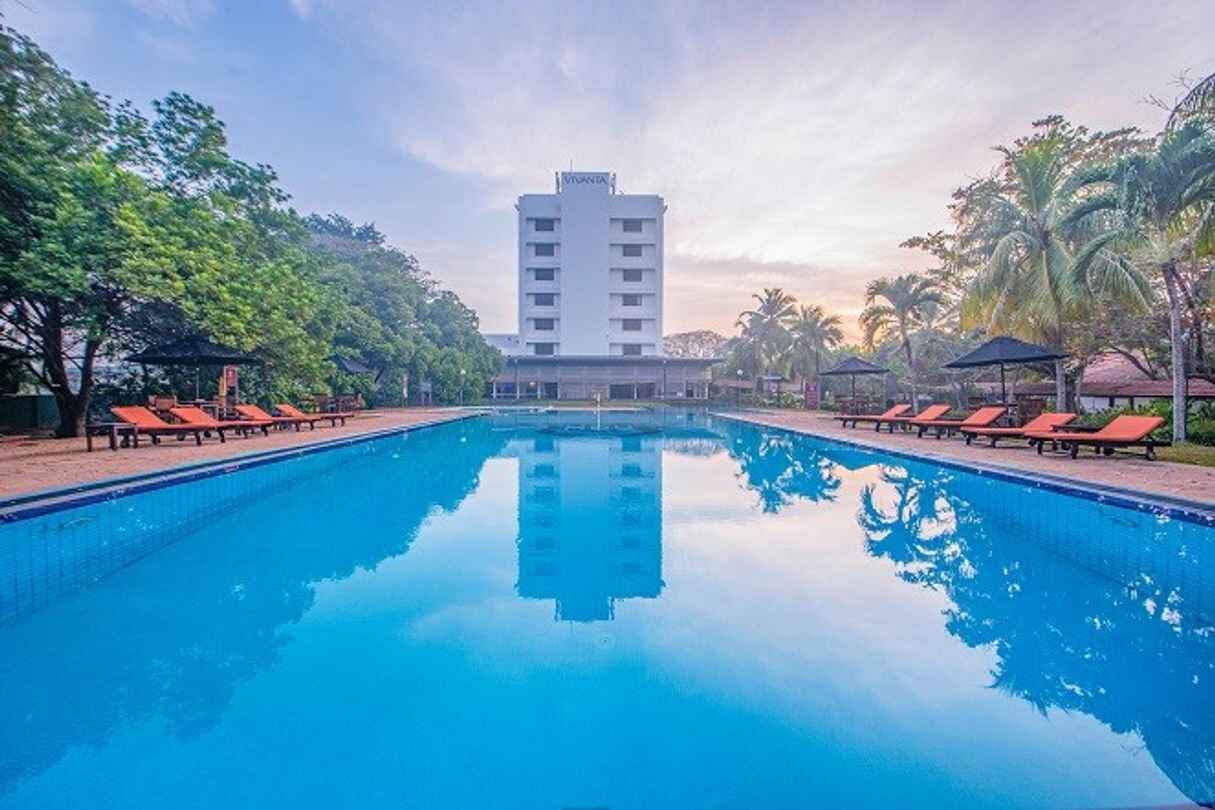
Vivanta Colombo Airport Garden (4 Star)
Sri Lanka
Enjoy A Luxury Travel Experience
-
Attractions OverviewTourist attractions in Sri Lanka have accumulated over a long and interesting history, leaving many things to see including seven UNESCO World Heritage Sites. Sri Lanka's history can be experienced at the fascinating ancient sites of Anuradhapura, Polonnaruwa, Sigiriya, Dambulla and Panduwasnuwara. The National Museum in Colombo is a good stop for those passing through the city as it houses a variety of artefacts illustrating Sri Lanka's complex culture and history. The complexity of this multi-cultural country is also apparent elsewhere in the capital city, like in the Pettah Bazzar district where exotic smells and goods are traded.Calmer attractions in Sri Lanka include the lovely seafront in Galle, a coastal town very popular with tourists, or the peaceful lake city of Kandy, which has many historical attractions.For those keen to leave the cities and towns altogether attractions include treks into Yala National Park and up Sigiriya or Adam's Peak. Of course, many prefer Sri Lanka's beautiful sandy beaches, which stretch hundreds of miles, to any amount of sightseeing. The best beach destinations in Sri Lanka include the picturesque fishing village of Marawila, on the northwest coast, the resort town of Negombo, on the west coast, and the gorgeous Weligama Bay, in the south.Sri Lanka's oldest museum was established in 1877 and today boasts a massive collection of antiques and objects d'art, encompassing the cultural heritage of the island. Exhibits include artefacts from archaeological sites all over Sri Lanka, and more than 4,000 ancient palm leaf manuscripts. Sri Lanka boasts some remarkable ancient sites and this historical wealth is reflected in the museum.Among the exhibits is displayed the regalia of the Kandyan Kings dating back to the 17th century.Although the museum is not quite what you would call world-class, it does contain some genuine treasures and should fascinate visitors interested in the art and culture of Sri Lanka. The collection is housed in an imposing and attractive white building and set in lovely grounds. Alongside the archaeological museum is the Natural History Museum, which features the island's fauna and flora in dioramas.The dual museums are a good introduction for visitors interested in discovering the culture and history of the island. Photographs are allowed in the National Museum, but only if you pay a small extra fee for a photography permit. There is a cafe and a craft shop in the museum grounds as well.Colombo's bazaar district, Pettah, presents a real treat for shopaholics who can wander through the hustle and bustle of whole streets dedicated to selling a particular type of merchandise, from local handicrafts to fresh produce. The markets will not be to everybody's taste; Pettah is a sensory overload and the sheer quantity of merchandise, and crowds of people, make it difficult to find good quality items.Bargaining is essential as foreigners tend to be overcharged. The quoted price will be at least double what locals would be expected to pay. The area was once an exclusive residential area filled with stately homes and large gardens in gas-lit streets.A relic of the colonial era, the Dutch House Museum, is open to the public on Prince Street. The mansion house dates from the 17th century and was the residence of Count August Carl Van Ranzow. It has now been restored and stands among the traders and boutiques as a museum displaying the life and times of the Dutch occupation, its exhibits including furniture, ceramics, coins and all the trappings of daily life at the time. Another landmark is the Jami Ul Alfar Mosque, one of the oldest mosques in Colombo.Note: Beware of pickpockets!Colombo's zoo has a fine collection of animals, birds, reptiles and fish from all over the world, but in particular showcases the fauna of the island. The complex includes an aquarium, displaying more than 500 varieties of aquatic life. There is also a walk-through aviary, reptile enclosure and butterfly park. One of the most popular attractions at the zoo is the daily elephant show, which takes place at about 5.15pm.Another favourite feature is the sealion show, which is great fun for kids. Animals in the park include hippos, flamingoes, kangaroos, lemurs, monkeys, orangutans, leopards, lions, otters, raccoons, rhinos, giraffes and tigers. The zoo has a good selection of animals and receives great reviews from some visitors, but those animal lovers accustomed to spacious European and American zoos may be disconcerted by the size of the animal enclosures. The zoo is undergoing improvements and renovations currently which may make a difference.Nevertheless, families travelling with children should enjoy the zoo if they have a few hours to kill in Colombo. The zoo is extremely popular with locals and it is a good idea to get there early in the morning to avoid the crowds and to see the zoo at its cleanest and best.The remains of the ancient city of Anuradhapura are situated about 130 miles (205km) north of Colombo, standing majestically in the jungle that for generations hid away the palaces, monasteries and monuments, which have been there since the third century BC. The ancient city was capital of the island for more than 10 centuries, until an invasion in the year 993; the city is said to have been founded around a fig tree grown from a cutting of Buddha's 'tree of enlightenment'.The remains visible today consist of several magnificent dagobas (domes built to enshrine sacred relics), sculptures, carvings, ruined palaces and monasteries, bathing ponds and irrigation tanks. The city once had one of the most complex irrigation systems of the ancient world and the reservoir tanks still visible today are some of the oldest surviving in the world. Since the rediscovery of the ancient, ruined city by the British in the 19th century, Anuradhapura has been a Buddhist pilgrimage site as well as an attraction for travellersThought to be the oldest surviving historical tree in the world, the Jaya Sri Maha Bodhi is said to be a sapling from the tree under which Buddha attained enlightenment. The tree was planted in 288 BC, on a high terrace roughly 21 feet (6.5m) above the ground, and is surrounded by a prayer flag-festooned wall built by King Kirthi Sri Rajasingha to protect it from wild elephants. Located in Anuradhapura, the Sri Maha Bodhi is a pilgrimage site for thousands of Buddhist devotees who come to make offerings during the full moon. Visitors must remove shoes and hats before entering the site.Tourist facilities and hotels are available in the nearby 'new town' of Anuradhapura. A recommended way to view the many scattered archaeological treasures is to hire a bicycle, or travel between sights on a tuk-tuk.Among the green hills of Kegalle, about 50 miles (85km) from Colombo on the road to Kandy in the hill country, a herd of about 60 elephants live in the Pinnewela Elephant Orphanage. This popular attraction, established as a sanctuary covering 25 acres of lush forest by the Sri Lankan Government in 1975, is unique. Its purpose is to feed, nurse and house young elephants lost or abandoned by their mothers.Recently the sanctuary has also started a breeding programme.Visitors are invited to observe and assist the baby elephants as they are fed from giant feeding bottles, before the pachyderms are lead down to the river for their daily baths at 10am and 2pm. Although extra money can be paid to ride, swim with and feed the elephants the main attraction for many people is simply watching them at play with each other in the river from the banks. The sanctuary has received both praise and censure from animal rights groups, for various reasons, and although most tourists rave about the attraction, some visitors complain that the animals don't have more freedom.The admission costs go entirely towards maintenance of the sanctuary and feeding the animals and most reports conclude that the elephants are well cared for - they certainly seem happy as they cavort in the river!The legendary mountain, towering 7,297 feet (2,224m) over the island of Sri Lanka, known as Sri Pada or Adam's Peak, has been venerated as a place of pilgrimage and worship for all major faiths in the country for generations. The holy mountain bears what seems to be the imprint of a foot on a rock on its summit. Depending on their faith pilgrims believe the print was left there by Buddha, Lord Shiva, St Thomas, or Adam after he was expelled from Eden.Whether you believe the footprint to be holy or not the climb to view it, protected in an enclosure at the pinnacle of the peak, is well worth it for the panoramic views of tropical forest afforded from the top.The stairway up the mountainside is believed to be the longest in the world and climbers are entitled to ring the bell situated at the top once they have made the journey. It is particularly special to climb the peak for sunrise, which requires beginning the climb at about 1am (depending on the month and time of sunrise). Soon after dawn, the rising sun casts a perfect triangular shadow of the mountain across the surrounding landscape. Many smaller peaks rise out of the dense jungle far below and watching the beautiful landscape reveal itself is a profound experience.The relaxed and peaceful atmosphere of Kandy, in the heart of Sri Lanka's hill country, is probably the result of being beautifully situated around a tranquil lake in a bowl of hills. It is a colourful, unique city, which resisted Portuguese and Dutch colonisation for three centuries before finally succumbing to the British. The town is the bastion of the island's pervasive Buddhist faith, and plays host to the country's most venerated religious relic, the sacred tooth of Buddha.The octagonal Dalada Maligawa, or Temple of the Tooth, attracts hundreds of pilgrims to daily ceremonies honouring the relic, and each year in July and August the tooth is carried in procession on an elephant during the ancient Esala Perahera parade. According to legend, the tooth was taken from Buddha as he lay on his funeral pyre and was smuggled to Sri Lanka hidden in the hair of a princess in the 4th century. Visitors can't actually see the tooth as it's in a casket, but the temple is an interesting place all the same. The ancient city also sports a good museum, the lovely Peradeniya Botanical Gardens, a bird sanctuary and an auditorium where folk dances are performed and local crafts are on display. Kandy has a cooler, milder climate than much of Sri Lanka due to its altitude.The ancient port city of Trincomalee (affectionately called Trinco), on the northeast coast of Sri Lanka, has a perfect natural harbour, which has made the town a prize to be fought over by foreign powers for generations. The Danes first took the trophy in 1617 on behalf of the Dutch, but the Portuguese put up a fort and staked their claim a few years later.By the mid-17th century the port was Dutch again, until the British and French both had a turn at occupation in the late 18th century.During the Second World War the harbour was a strategic British naval base, and it is now home to the Sri Lankan Navy. The beaches in the area, especially those north of Trincomalee at Nilaveli and Uppuveli, are broad, soft and white, lapped by warm, gentle waters. The region is a popular beach resort destination for tourists, as the coastline really is very beautiful, and the natural pleasures can be combined with some good cultural sightseeing in Trinco.Among the sights to visit is Fort Frederick, built by the Portuguese, and Wellington House, once home to the Duke of Wellington. The Koneswaram Temple (or Thirukonamalai Konesar Temple), at Swami Rock, is an important medieval Hindu temple complex in Trincomalee.Not all Buddhist temples are ancient, nor are they all conservative affairs. The colourful and modern Wewurukannala Temple at Dikwella village near Matara is quite an eyeful, featuring hundreds of brightly painted and gilded models depicting scenes from the life of Buddha and numerous murals. There is also a Buddha effigy that is one of the world's tallest, equalling the height of a five-storey building, which visitors can ascend to enjoy the view from the top.The Buddha statue is the biggest in Sri Lanka, and other attractions at the temple include a resident elephant, a colourful Image House containing statues of gods and royalty, and the frightening Hall of Sin, which illustrates what is in store for the less-than-righteous in the Buddhist version of hell.Although it is an active temple and tourists should be respectful of worshippers, the temple complex is also full of various touts and salesmen trying to sell things and services to visitors. Those wanting to avoid the crowds should visit early in the morning.The temple is a short drive from both Dikwella and Matara and can be reached by tuk-tuk - just be sure to negotiate a price before setting off!Elephants are the most frequently spotted inhabitants of the vast Yala National Park (also known as Ruhunu), in the southeast of Sri Lanka, east of Matara, but they share the reserve with 130 different species of birds and other creatures like sambhur, spotted deer, sloths, crocodiles, monkeys, wild boar and porcupines. There is also a large concentration of leopards in this, the country's oldest protected area.Most of the reserve is open parkland, but it also contains jungle, beaches, lakes and rivers.The park is somewhat remote, the nearest town being Tissa, and is situated about 190 miles (305km) from Colombo. Yala is also dotted with a number of fascinating archaeological sites, like the Magul Maha Vihara ruins, dating from the 1st century BC.Yala National Park was closed for several years due to political conflict in Sri Lanka, but two of the five sections of the part have now re-opened to the public. It is the most visited and the second largest park in the country and is very popular with foreign visitors. The park is almost always explored as part of a safari (a 4x4 vehicle is required to traverse the roads) and the entrance fee includes the services of an animal tracker.The port town of Galle, about 60 miles (100km) south of Colombo and a short distance west of Matara, is steeped in the heritage of the Dutch presence in Sri Lanka, and is dominated by the 36-hectare (89-acre) Dutch Fort, built in 1663, with its massive ramparts on a promontory. Galle is a delightful and unexpected mixture of dilapidated colonial history and exotic, tropical beauty.Inside the walls of the fort, which has been declared a UNESCO World Heritage Site, is the oldest part of Galle, with Dutch homesteads, museums and churches, as well as the New Oriental Hotel, originally the home of the Dutch governors.Galle is home to a creative community and has attracted many foreign artists, writers and poets.Inside the fort there are many galleries, boutiques and craft shops to investigate, and many travellers choose to spend a few nights in the fort, which is at once an interesting historical monument and a thriving modern centre. Galle has a small beach, but most sun-lovers find better beaches a little out of town along the coast road.Getting to Galle from Colombo is a treat, because both the train and bus routes wind along the coast, offering gorgeous views. It takes between two and four hours to get to Galle from the capital by bus or train.The southern beaches of Sri Lanka are the most popular for tourists, with the main season extending from October to April when the monsoon has moved on and the sea is calm and tranquil under bright blue skies. Bentota is one of the loveliest resorts on the coastal road, featuring good hotels, water sports and a picturesque beach at the river mouth.Scuba divers enjoy Hikkaduwa, where there is a marine sanctuary abundant with coral and tropical fish, and the Kirinda Beach, just south of the town of Tissa, which also offers spectacular underwater sights. Close to the popular tourist resort town of Galle is Unawatuna, with its beautiful stretch of safe sandy beach.At Kudawella a novel feature is a blowhole that throws huge columns of water into the air whenever waves break on the rocks. For those who prefer small guesthouses and empty beaches over resorts, Koggala, Mirissa, Dickwella and Tangalle all remain relatively undiscovered beach areas.The southern coastline of Sri Lanka was seriously damaged in the 2004 tsunami and it took many years for certain areas to be rebuilt, but the tourist resorts have all fully recovered and there is no longer much evidence of the catastrophe which marked the region for so long.Sigiriya is an important Buddhist site in central Sri Lanka, about 100 miles (161km) northeast of Colombo. The remains of an ancient royal fortress and city dating from 477 AD stand on a vast rock, which rises 600ft (180m) above the surrounding plain. King Kasyapa built it to safeguard against attack from his brother, Mogallana from whom he had stolen the throne after having killed their father.The only way into the city is through the massive carved jaws of a lion - the name Sigiriya is taken from 'giriya', meaning 'jaws and throat' and 'sinha' meaning 'lion'.The site is one of the best-preserved first-millennium city centres in Asia and is also renowned for its 5th-century rock paintings and its magnificent, symmetrical water gardens. Visitors should note that getting to the flat summit and fortress requires climbing about a thousand steps, and it is a good idea to bring plenty of water and to avoid doing the climb at the hottest time of day.There is a museum, outside the main entrance, housing some artefacts from the site, reproductions of some of the art, and photos of the excavation process. Sigiriya is an expensive attraction by Sri Lankan standards, but it is a remarkable and fascinating place and undoubtedly one of the country's greatest historical treasures.Sri Lanka's Buddhist heritage is nowhere as evident as in the Golden Temple of Dambulla, a UNESCO World Heritage Site. A sacred pilgrimage site for 22 centuries, this cave-temple is the best preserved of its kind in Sri Lanka. The temple encompasses five separate caves, each housing ancient statues and artwork of the Buddha. The statues vary in size up to 50 feet (15m) tall and there are also incredible painted murals on the walls.The largest cave, the Cave of the Great Kings, holds 56 statues, and others dedicated to Hindu gods such as Vishnu and Saman dating back to the 12th century.Another cave has more than 1,500 paintings covering the ceiling. The temples and caves are one of Sri Lanka's most spectacular tourist attractions, and are attached to a functional monastery dating back to the third century BC.The site also includes evidence of human occupation going back to the prehistoric period. Lots of monkeys frequent the temple complex and they can be cute and entertaining, but tourists should treat the animals with respect as they can and will bite if they feel threatened. The climb to the caves can be tiring, especially in the heat, and may not be manageable for people with mobility issues.Located in the central highlands of Sri Lanka, Horton Plains National Park contains some of Sri Lanka's highest mountains, covered in thick forest, misty lakes, and hidden waterfalls. The park is one of the only parks in Sri Lanka that allows guests to hike on their own on designated trails. The park is home to many animals, including Samabr Deer, wild boar, otter, leopard, macaques and many species of bird, and exploring the trails is very rewarding.The most popular tourist attraction in Horton Plains National Park is World's End, a sheer precipice with a 2,850-foot (870m) drop at the southern boundary of the park.From the top of the cliff, visitors have a spectacular view of the surrounding hills which extends as far as the Indian Ocean, dozens of miles away, on clear days. The hike to World's End is 6.2 miles (10km) and takes roughly three hours. Visitors should note that from 9am to 10am there is usually a thick blanket of mist over the valleys that totally obscures the view from the cliff, and the best time to see World's End is early in the morning. The path can be crowded on weekends, when large groups of tourists tend to scare away any wildlife in the area.CustomsPhotography near government or military buildings is prohibited in Sri Lanka. Homosexuality is illegal. Topless sunbathing is not allowed, and visitors, particularly women, should cover up when entering Buddhist sites. It is considered offensive to pose for photographs in front of a Buddha statue. Smoking and drinking in public are forbidden. Honour, or personal dignity, is extremely important to Sri Lankans and causing an individual to 'lose face' by public criticism or anger should be avoided.ClimateSri Lanka has a tropical climate, characterised by distinct wet and dry seasons, but virtually no distinction between the seasons as far as temperature is concerned: Sri Lanka is always hot and humid. The island's weather is a little complicated, however, since it has two monsoon seasons: In the southwestern half of Sri Lanka, the Yala Monsoon brings heavy rain from May to August, with the dry season lasting from December to March; the Maha Monsoon, on the other hand, brings rain to the northern and eastern parts of the island from October to January, with the dry season lasting from May to September.Note that the southwest receives a lot more annual rainfall than the north and east, and that an intercontinental monsoon period can also see rain fall across the island in October and November. The average temperature in Colombo and other coastal regions is 81°F (27°C). Generally, the best time to visit Sri Lanka is from December to March for the west and south coasts and the Hill Country; and from April to September for the ancient cities region and the east coast. Peak tourist season is from December to March, when many visitors head to Sri Lanka to escape the European winter.
-
AirportsColombo Airport The airport is situated 20 miles (32km) from the city of Colombo. Facilities at the airport include a bank, post office, business lounge, restaurants, snack bars, a bar and a duty-free shop. There are two main parking lots at Colombo Bandaranaike Airport: the terminal lot is more expensive, while the remote lot, located 300 metres from the terminal, charges substantially less. There are additional charges for vans, double cabs and jeeps. website:www.airport.lk
-
HealthFood and water borne diseases are the primary cause for ill health in Sri Lanka. Visitors should only drink bottled water, avoid ice in drinks, and take care to eat well-cooked food. Hepatitis A and hepatitis B vaccinations are recommended for all travellers to Sri Lanka. Typhoid is only really a problem in rural areas, but travellers should consider a vaccination depending on their itinerary. Yellow fever vaccination certificates are required by travellers coming from infected areas. Malaria, Chikungunya fever, Japanese encephalitis and dengue fever are a risk and protection against mosquito bites is essential. Prophylactics for malaria are also strongly recommended for all regions, except the districts of Colombo, Kalutara, Galle and Nuwara Eliya.Travellers are strongly advised to take out good travel insurance, and seek medical advice at least three weeks before leaving for Sri Lanka. Quality medical attention may be difficult to find outside of Colombo and other big cities and medications are often in short supply in Sri Lanka. Travellers should being any medication they may require with them.
-
Passport/VisaMost travellers can purchase visas on arrival. These must be paid for in USD but the amount varies. Visitors should be able to show the immigration officials proof of sufficient funds for their stay in Sri Lanka. Passengers must also hold return or onward tickets and all documents needed for the next destination. Those who prefer to arrange visas in advance can do so online or at a Sri Lankan embassy. An ETA (Electronic Travel Authorization) can be issued on arrival but can also be filled in prior to travel to Sri Lanka - this can be done online at www.eta.gov.lk. It is highly recommended that passports have at least six months validity remaining after your intended date of departure from your travel destination. Immigration officials often apply different rules to those stated by travel agents and official sources.
-
SafetyThe vast majority of trips to Sri Lanka are trouble free. However, there is some risk of terrorism in Sri Lanka, and although foreigners have not been the targets of previous attacks, there is a risk of being caught up in incidents. The Liberation Tigers of Tamil Eelam (LTTE) suffered a defeat by the Sri Lankan government in 2009, but there have been scattered attacks since then. Visitors should keep themselves informed of developments and remain vigilant.As a result of the conflict much of the north and east remains heavily mined, particularly around the A9 road to Jaffna. Although terrorism has always been more of a concern in the north, attacks have also taken place in central and southern Sri Lanka, in areas popular with tourists, and civilians have been targeted. Attacks have also occasionally occurred in the south, including in the tourist town of Galle. Security has been increased in the south of the country, particularly in Colombo, and road check points are common. There have been recent bomb explosions on public transport in central Colombo. Violent crime against foreigners is very rare, but there have been cases of sexual assault and robbery in rural areas and women are advised to take care when travelling alone. Credit card fraud is the most common form of crime against tourists in Sri Lanka.
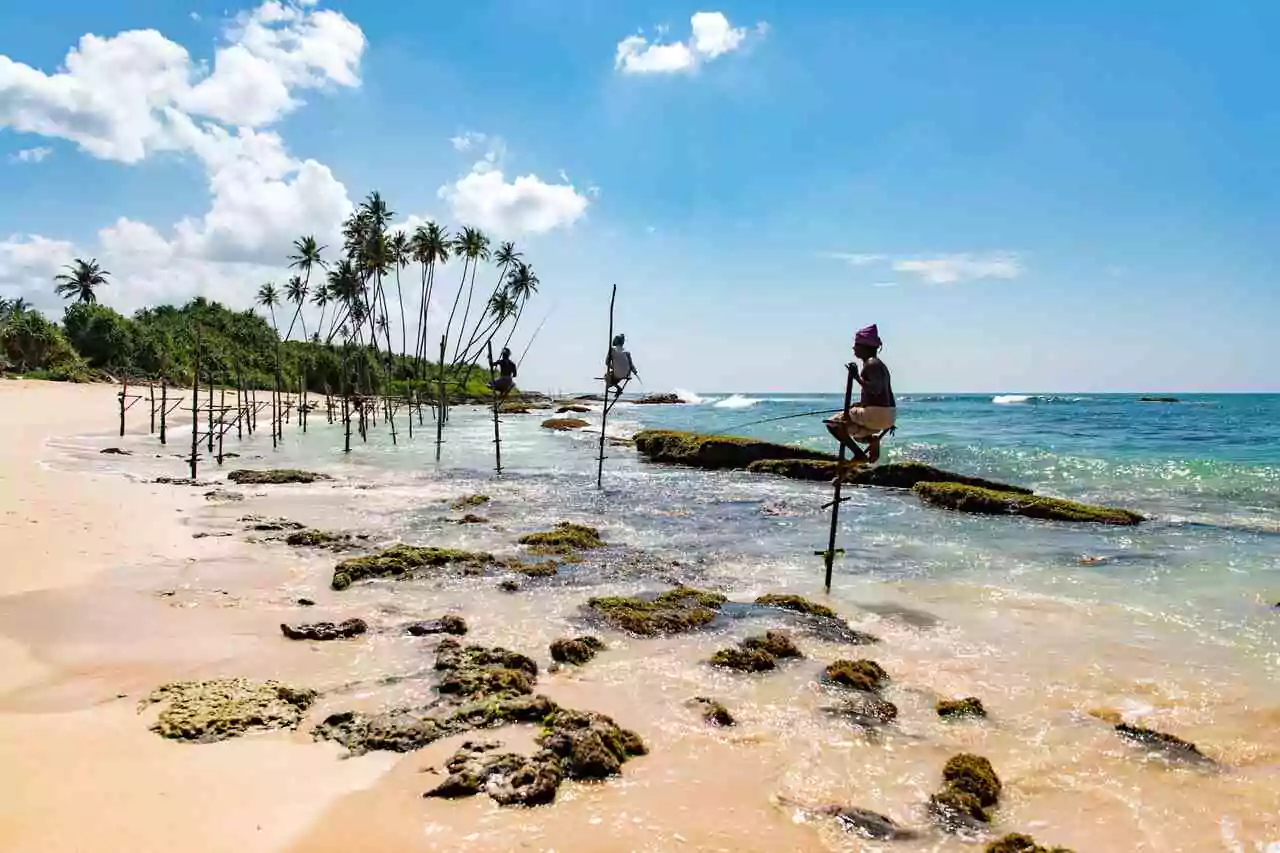
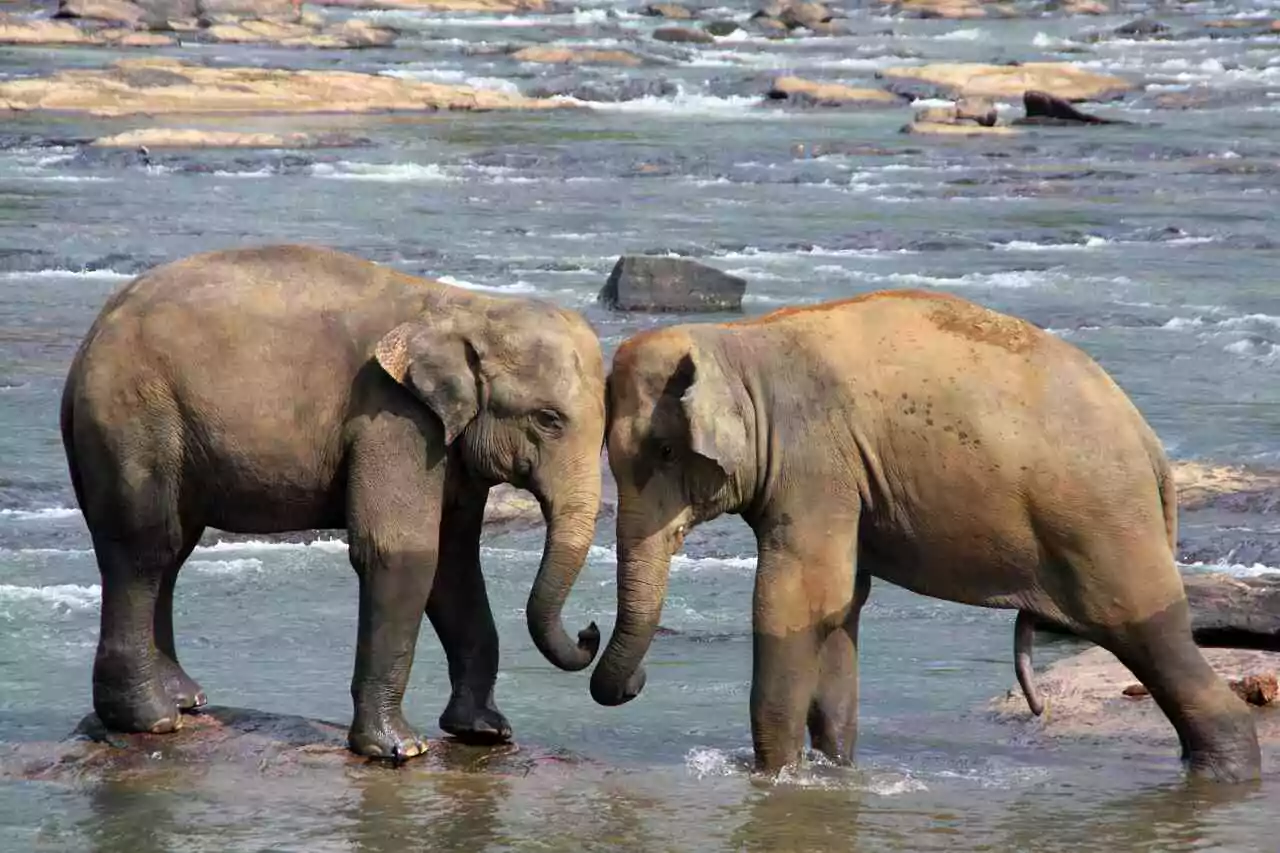


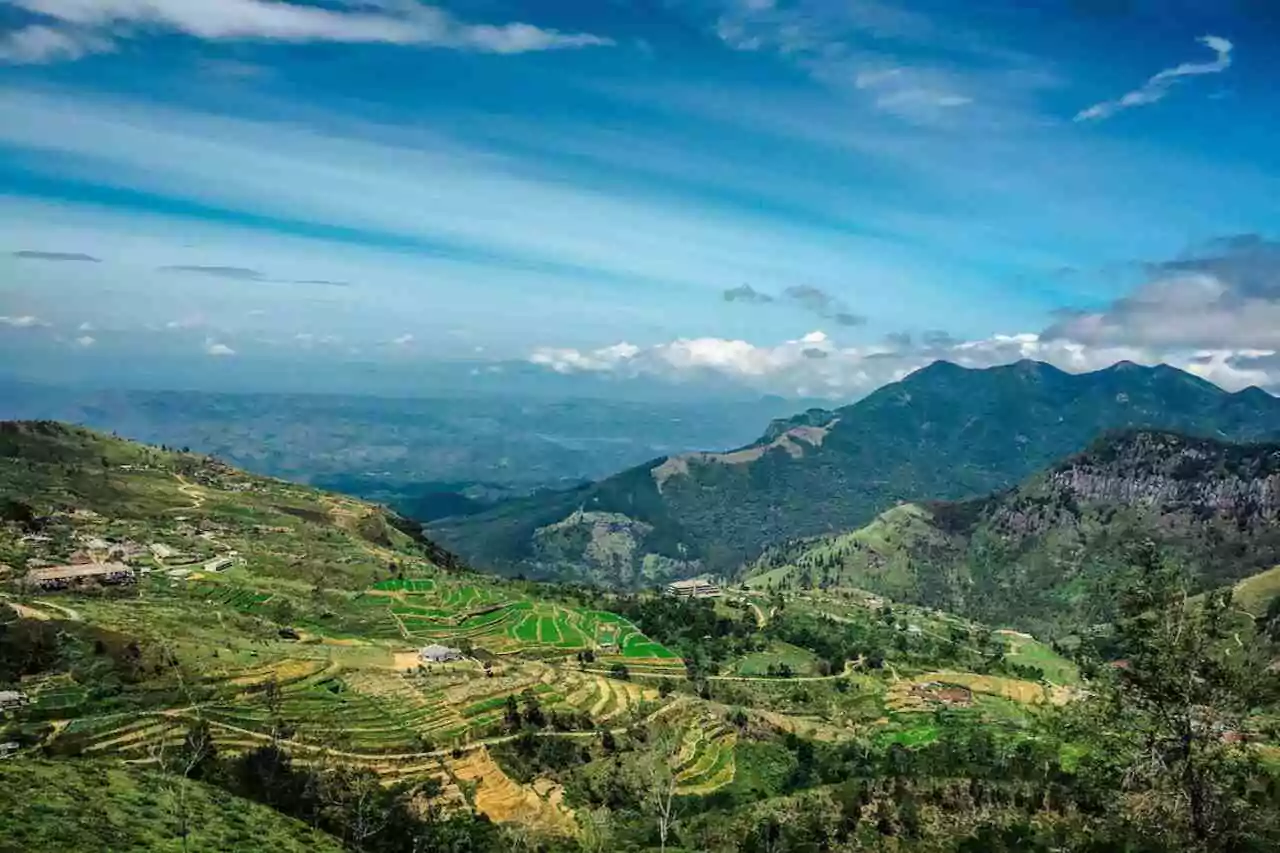

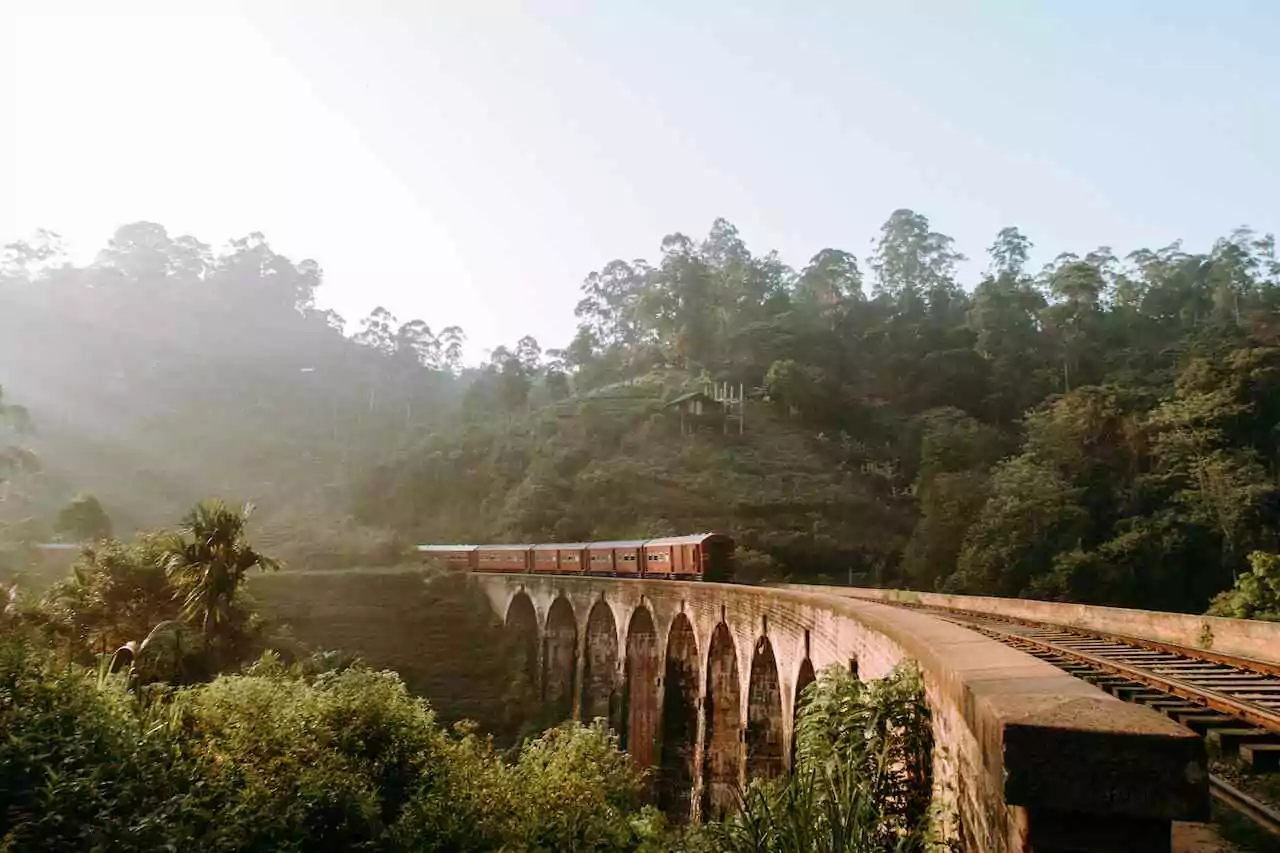
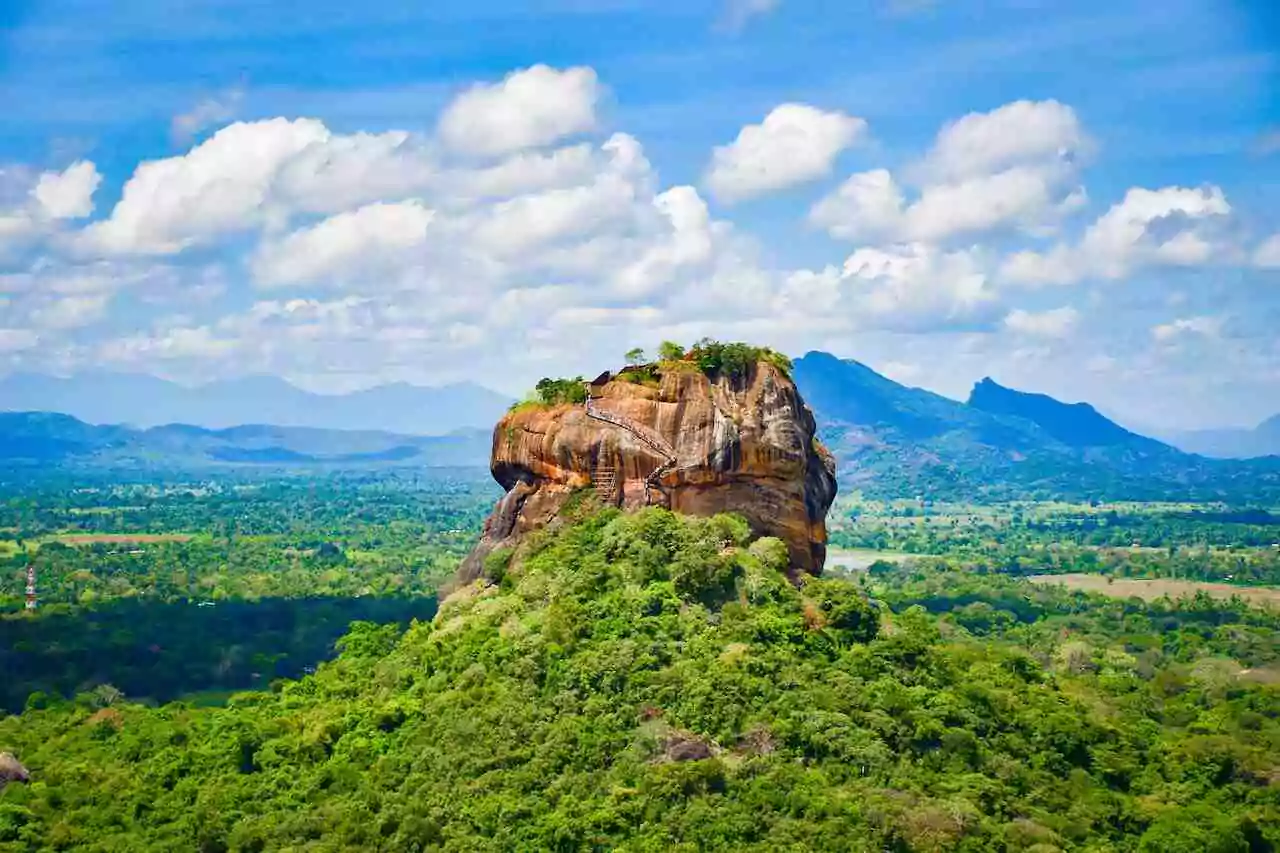


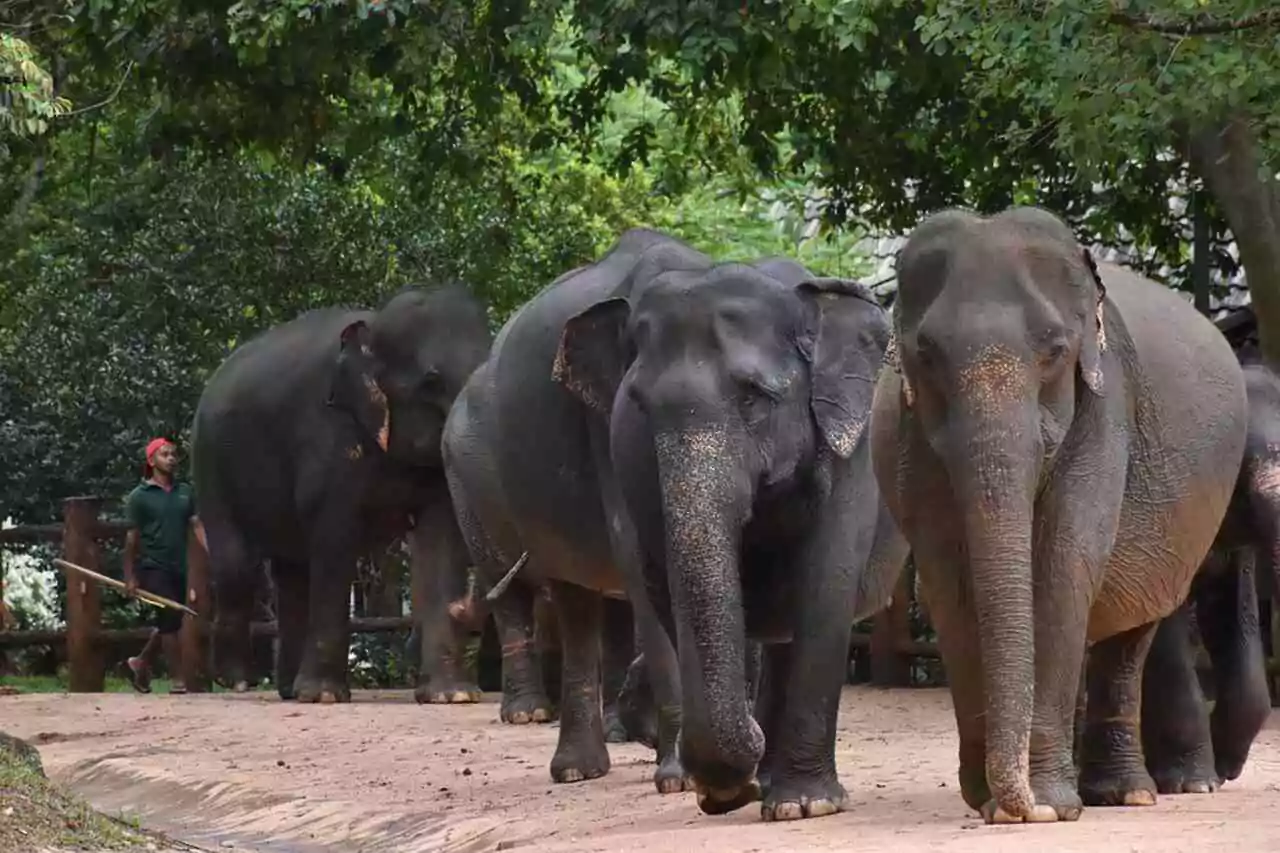
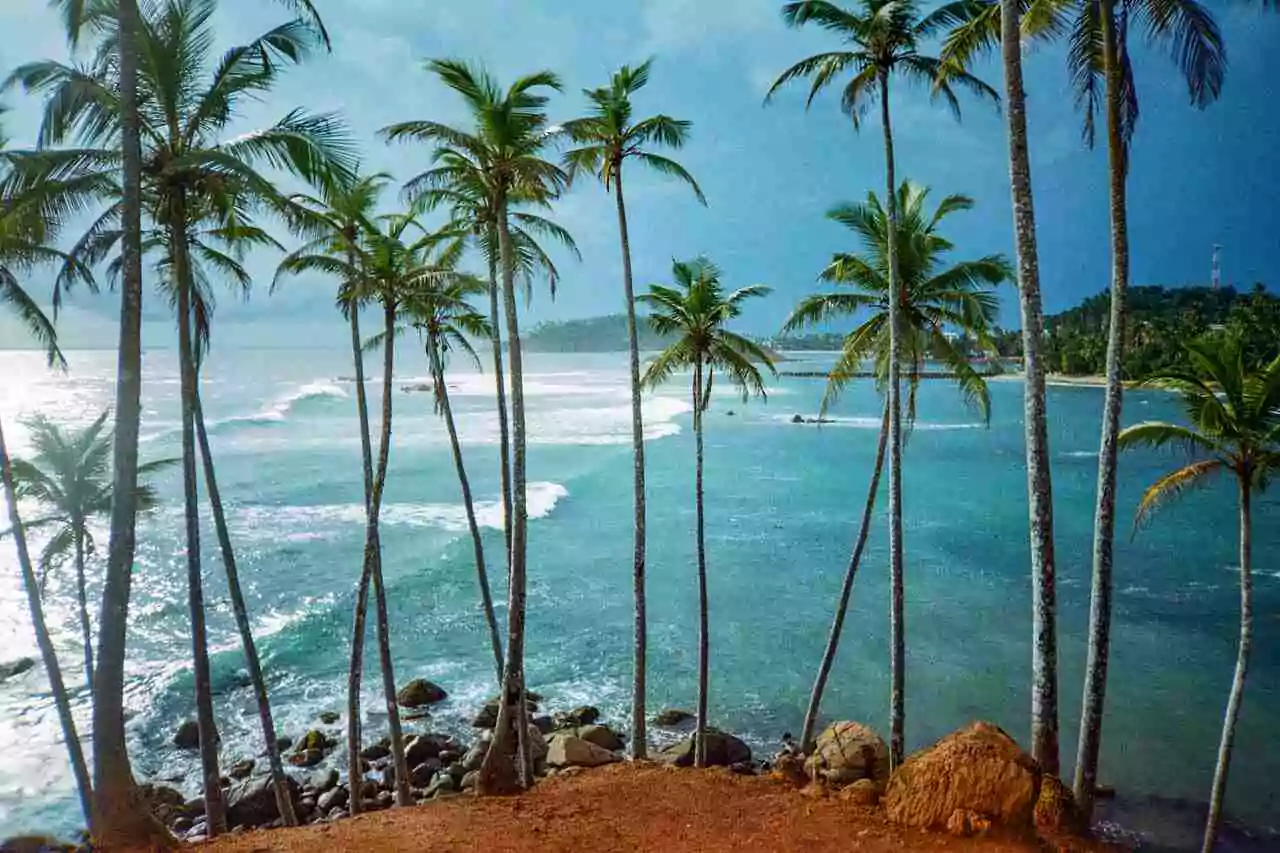

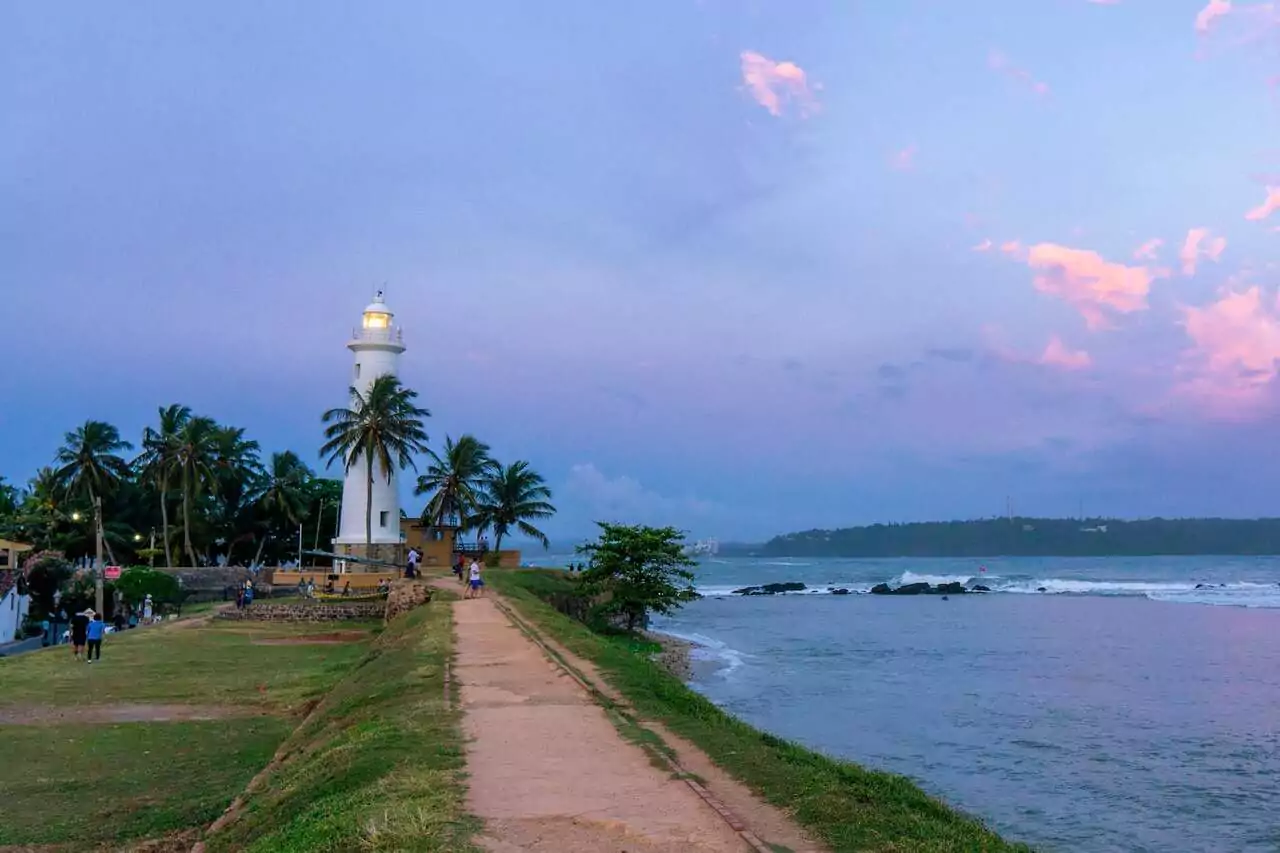
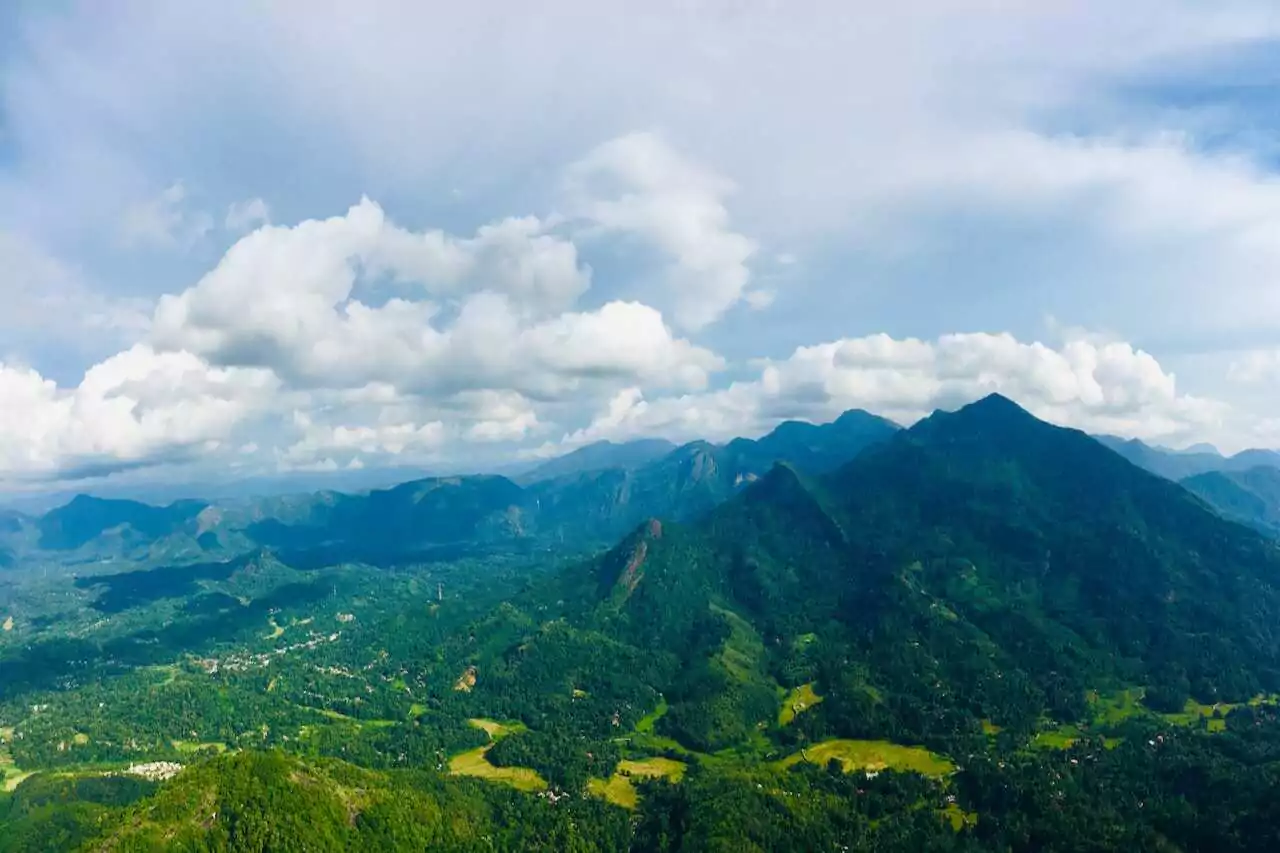
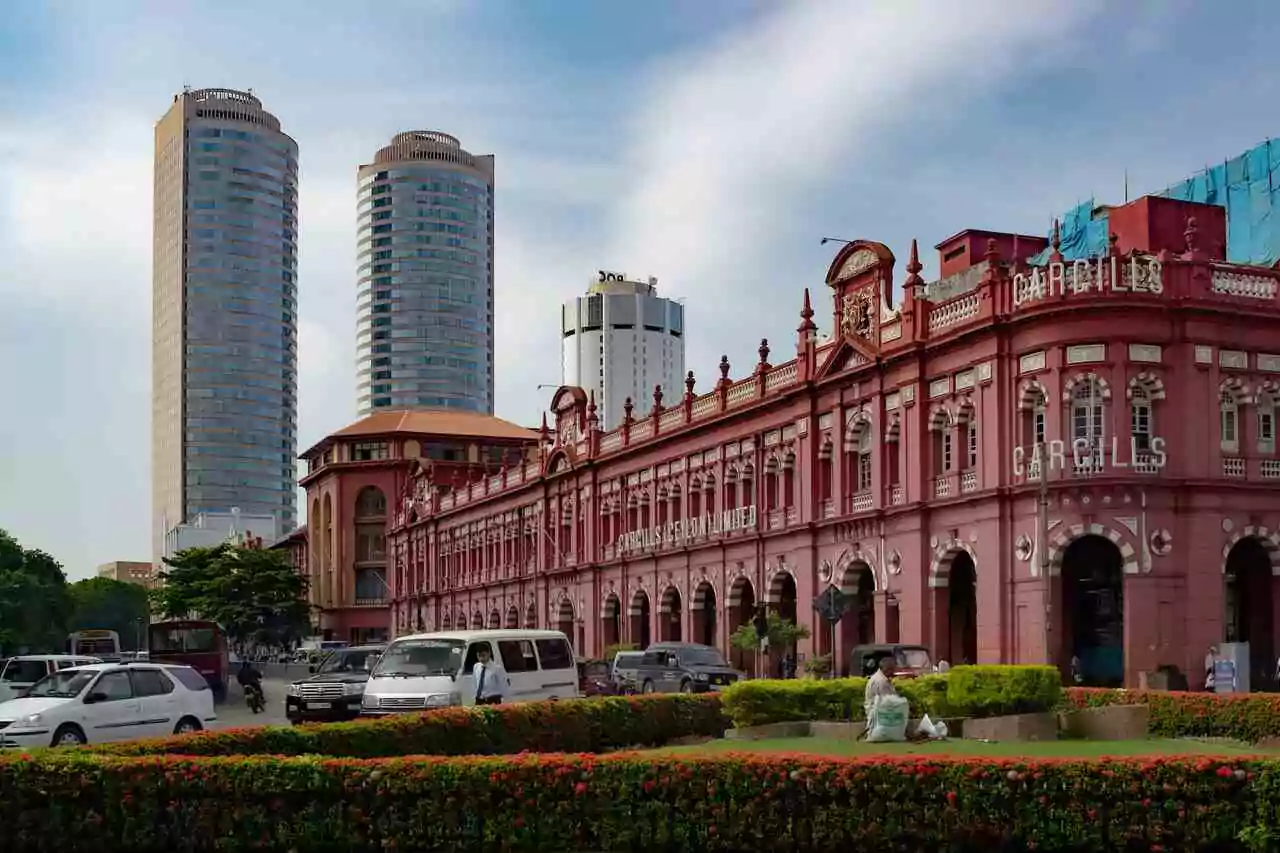
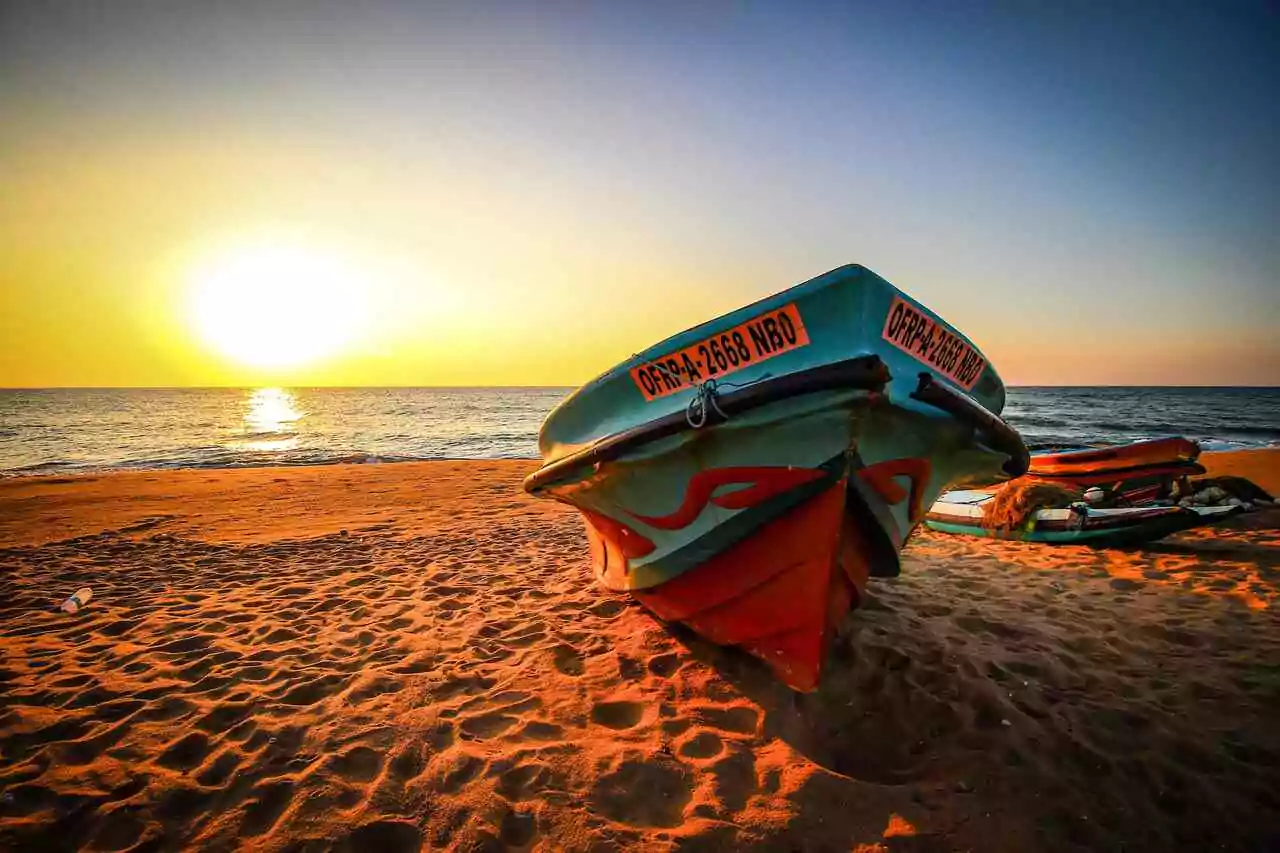
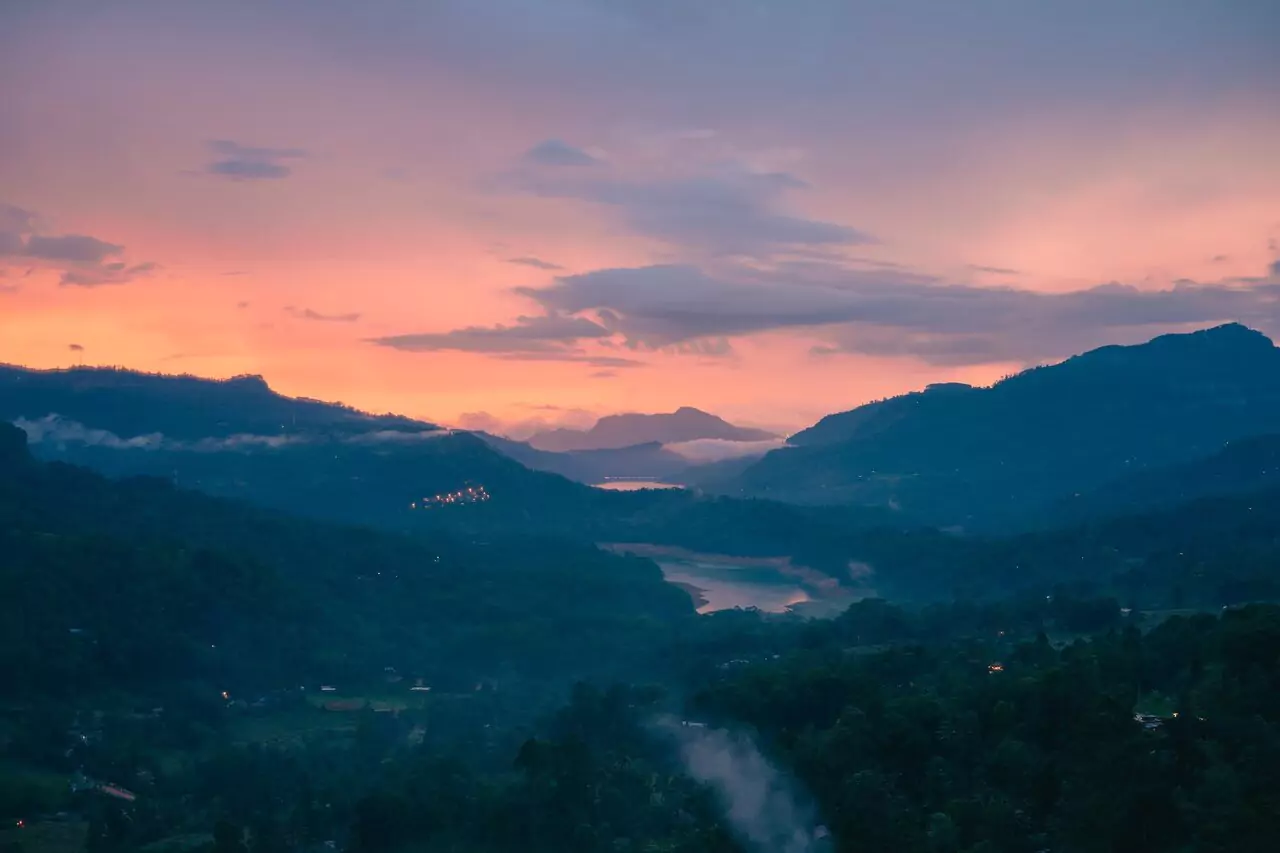
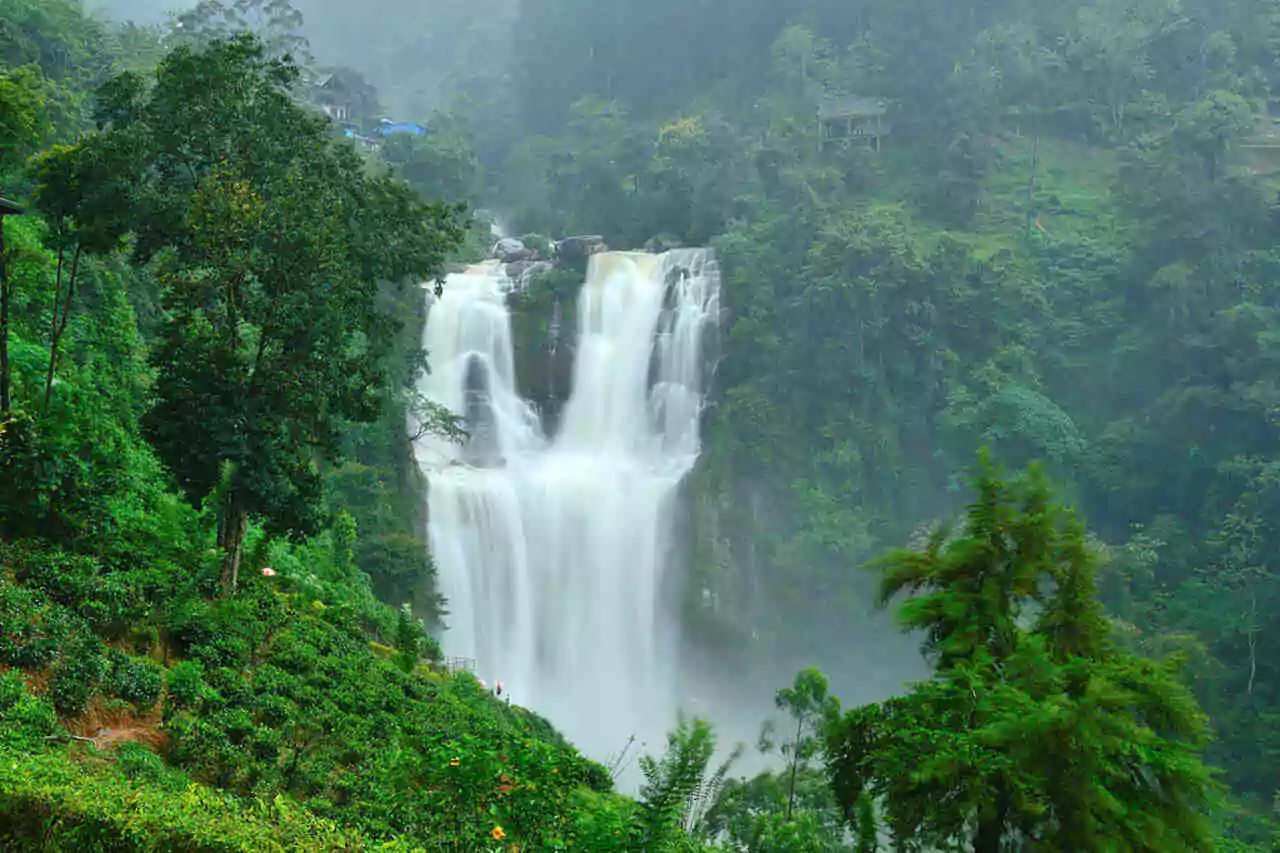
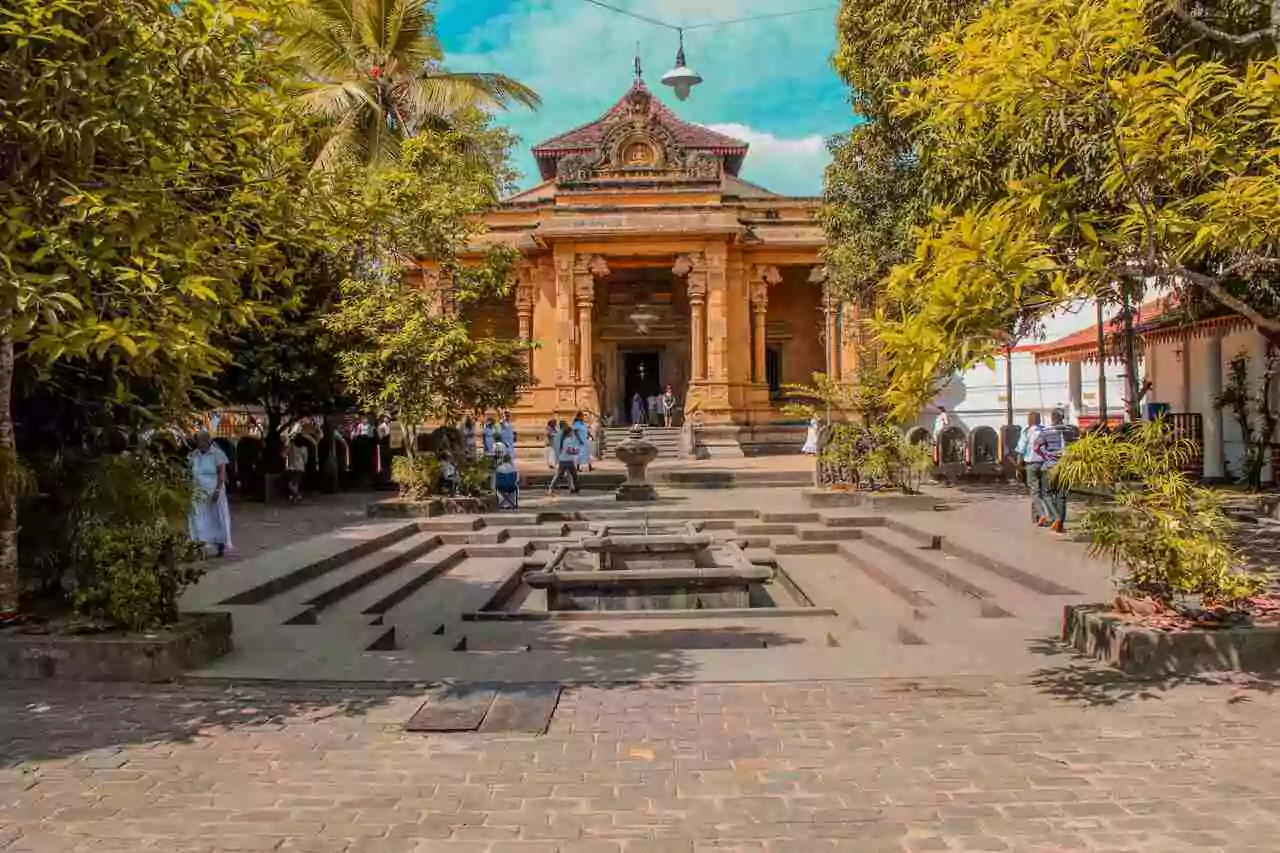

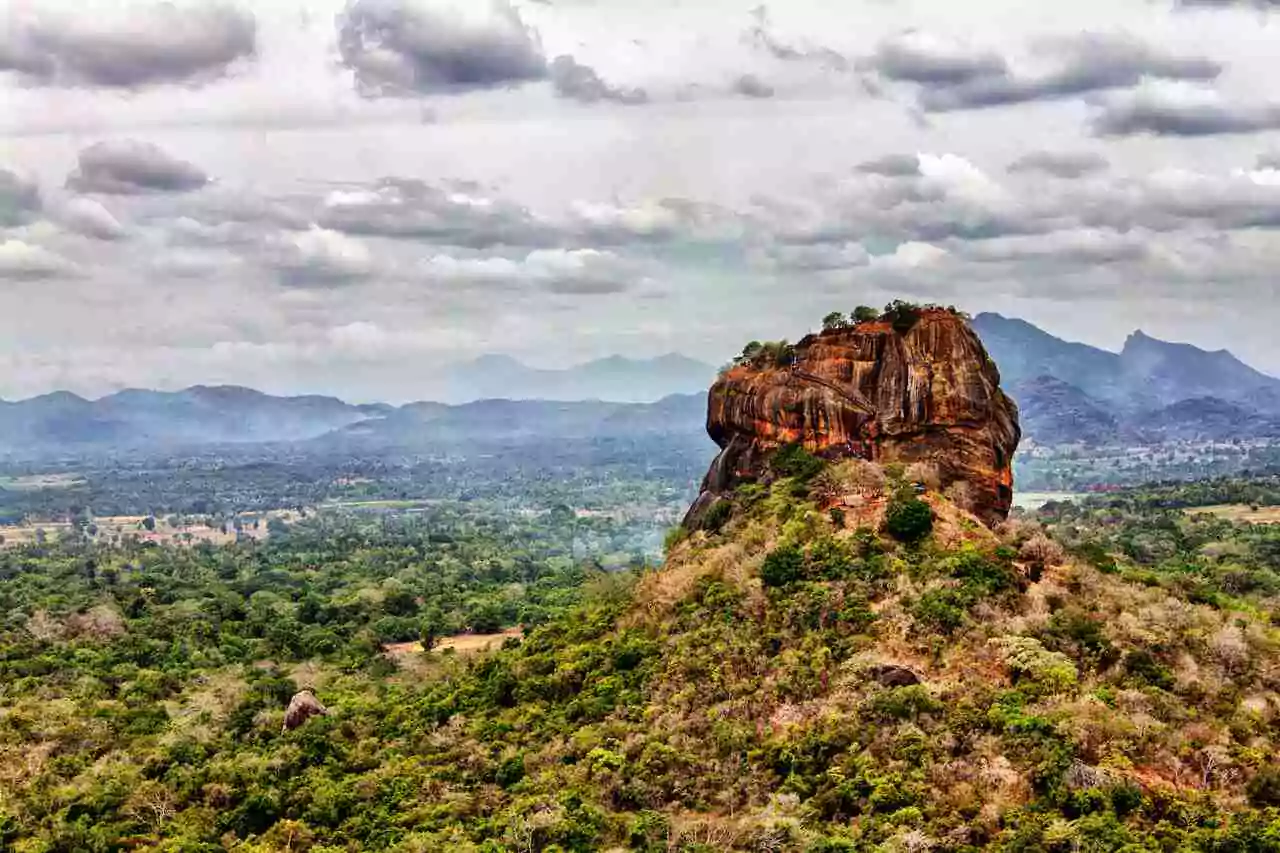
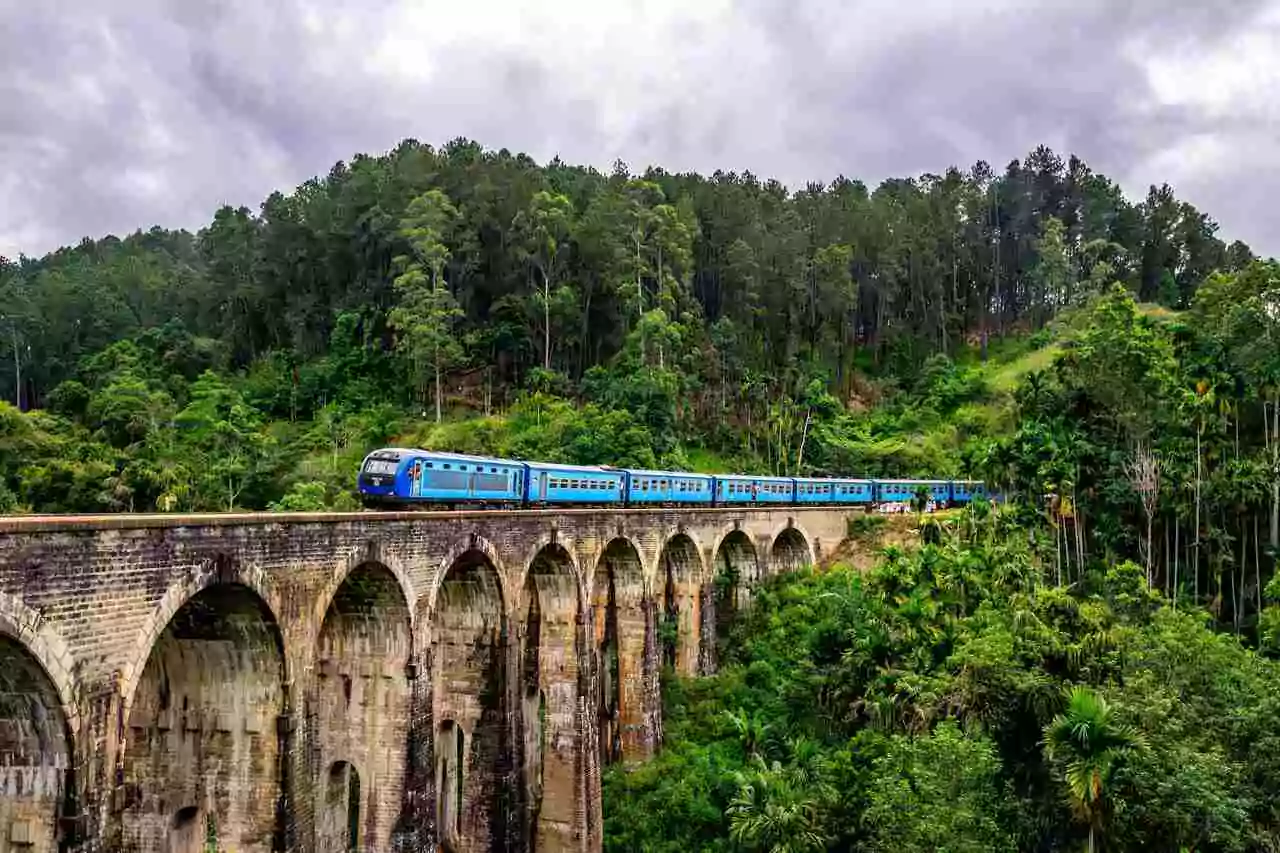
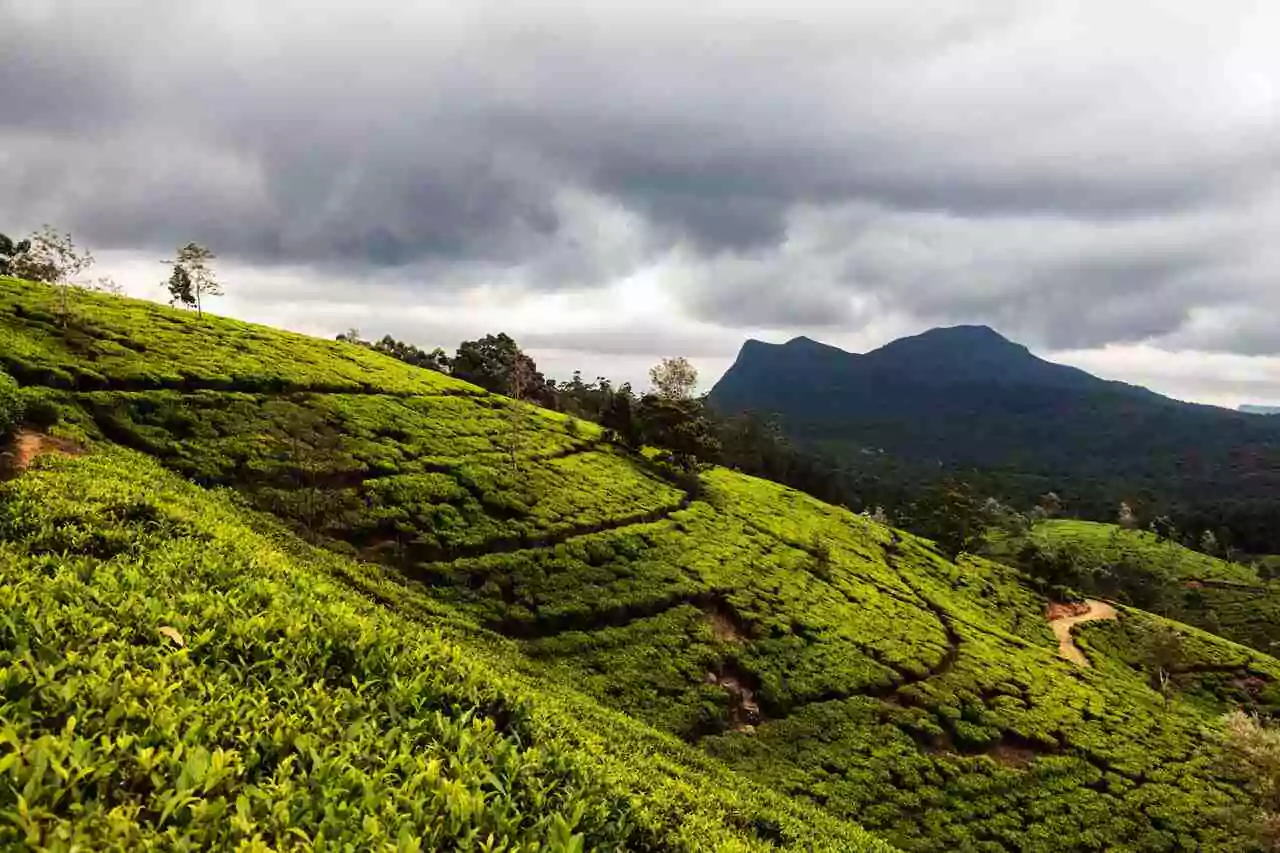
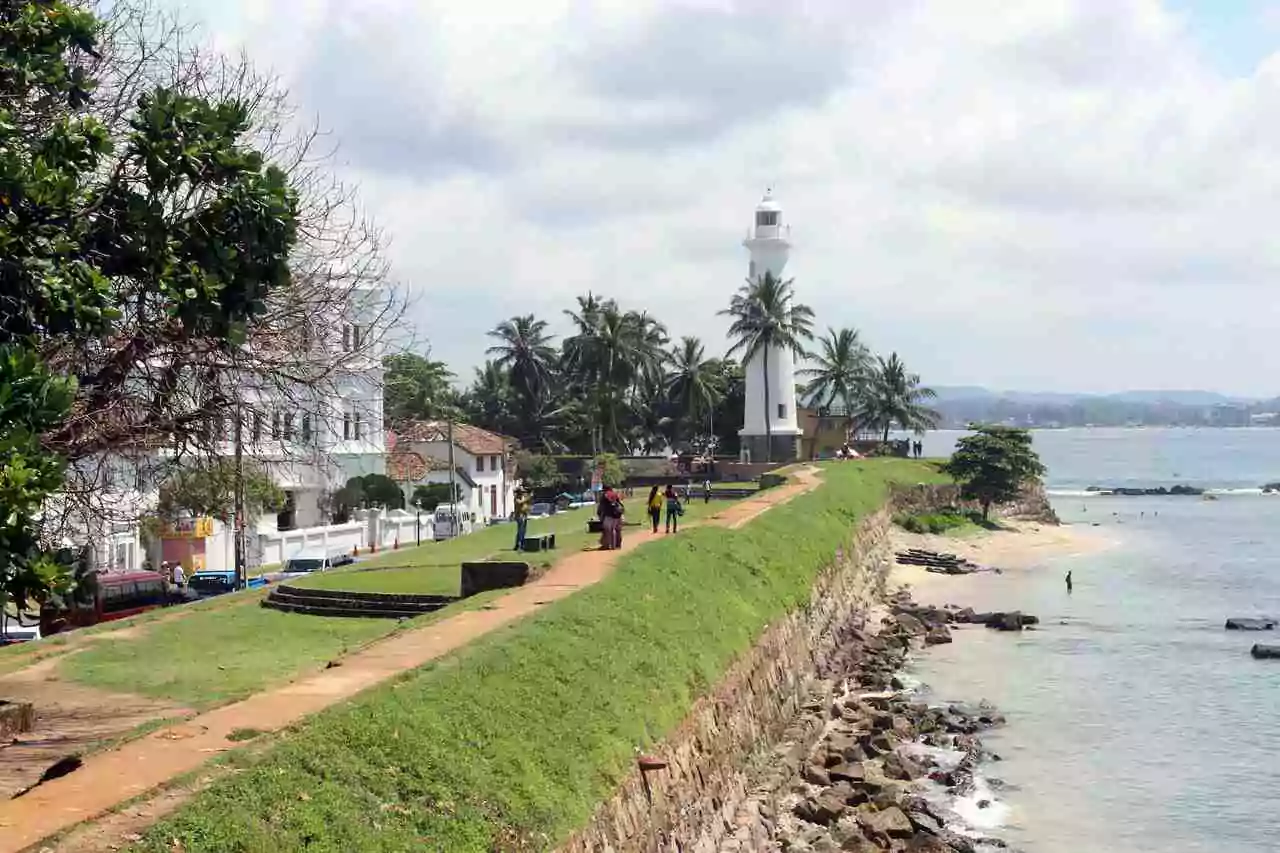

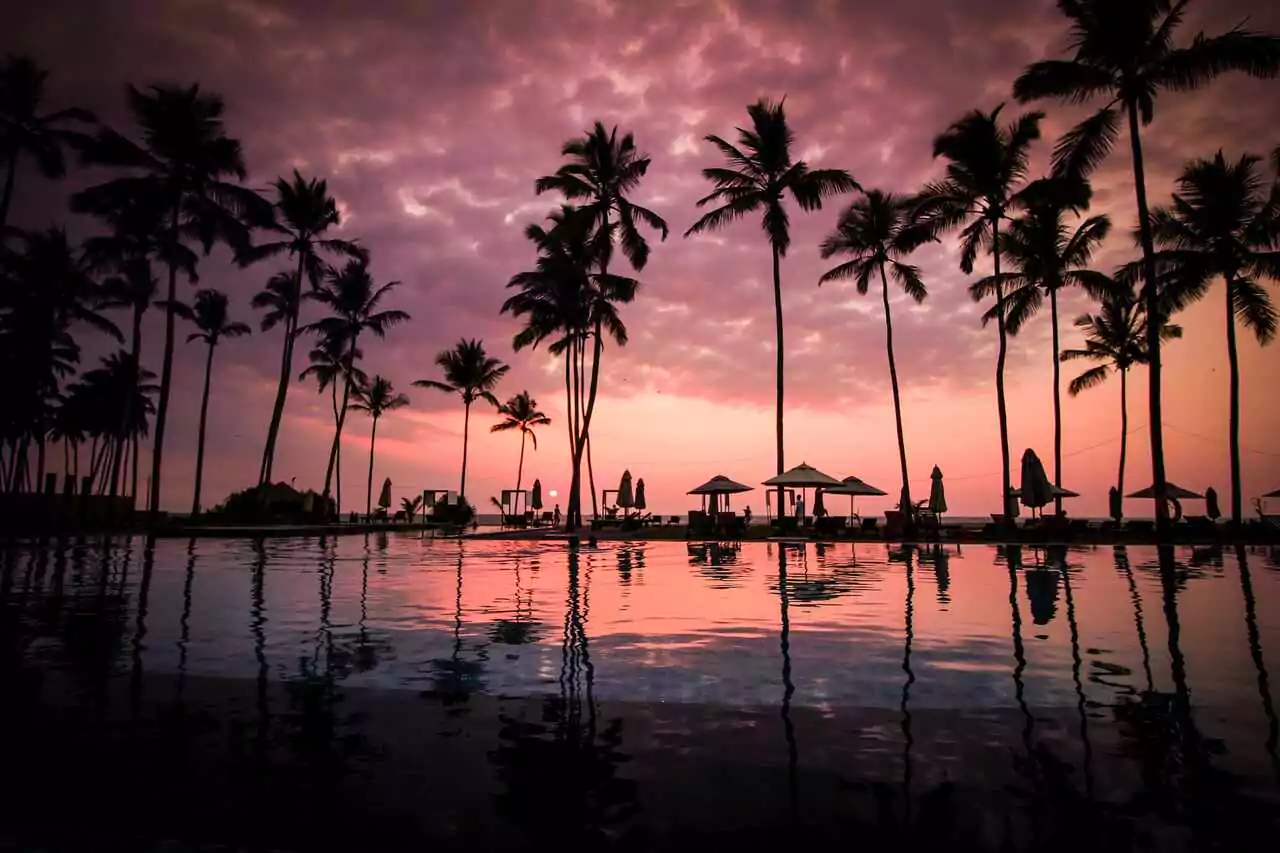
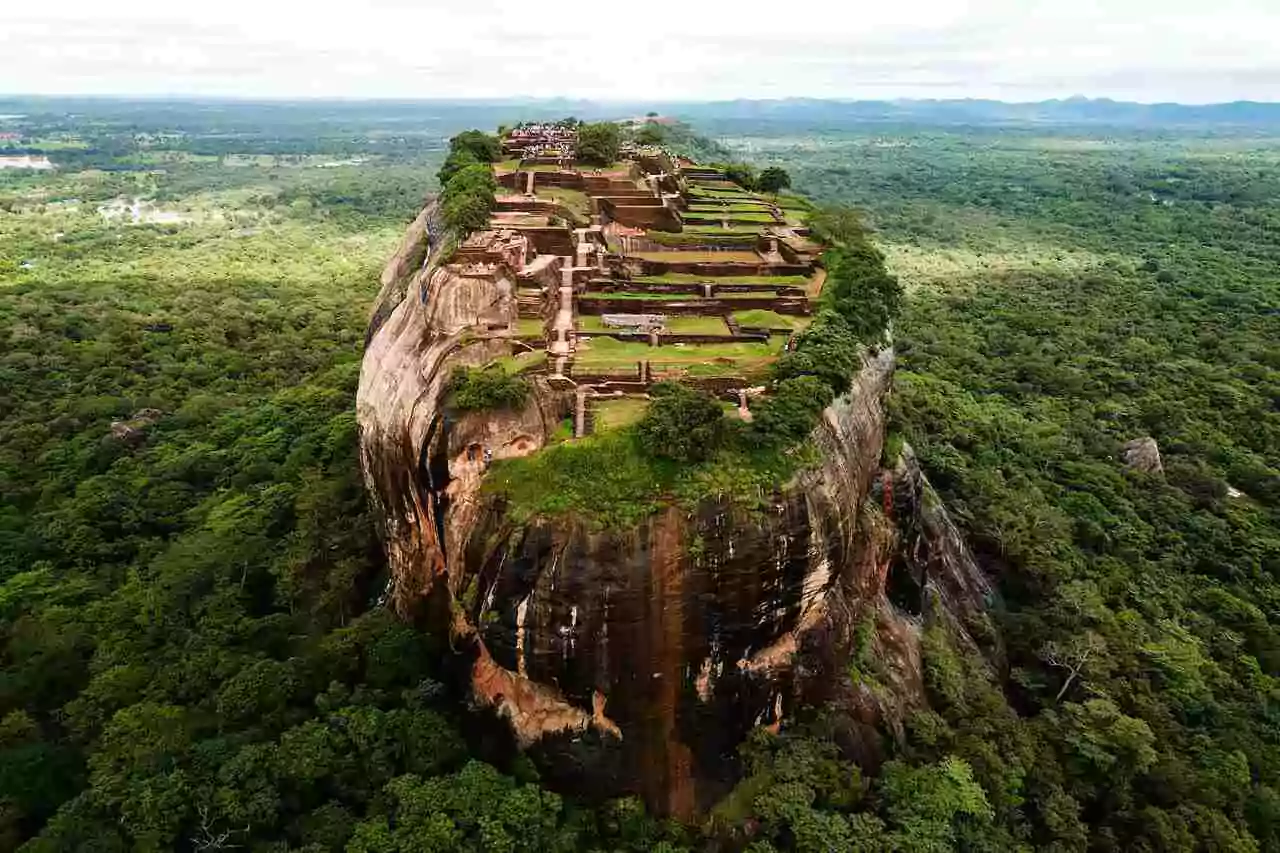
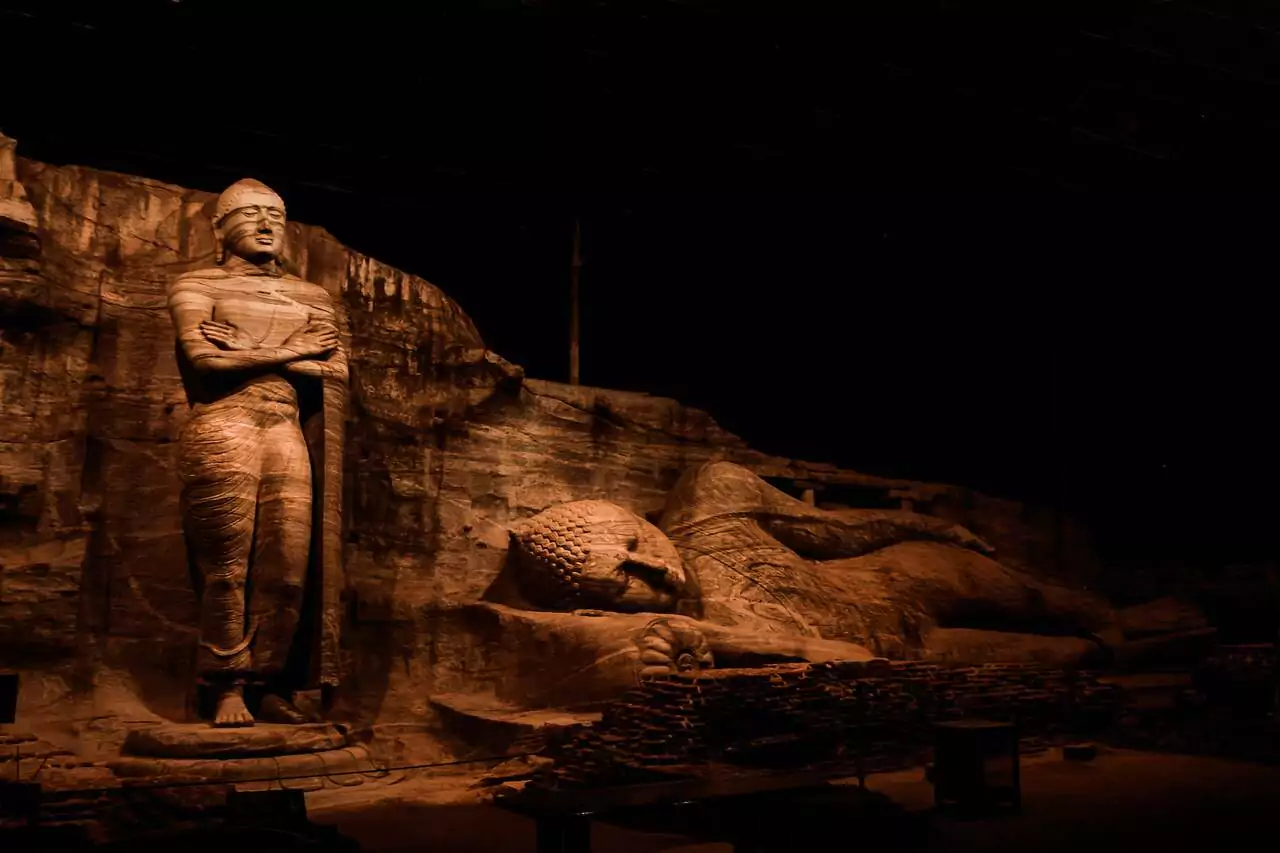
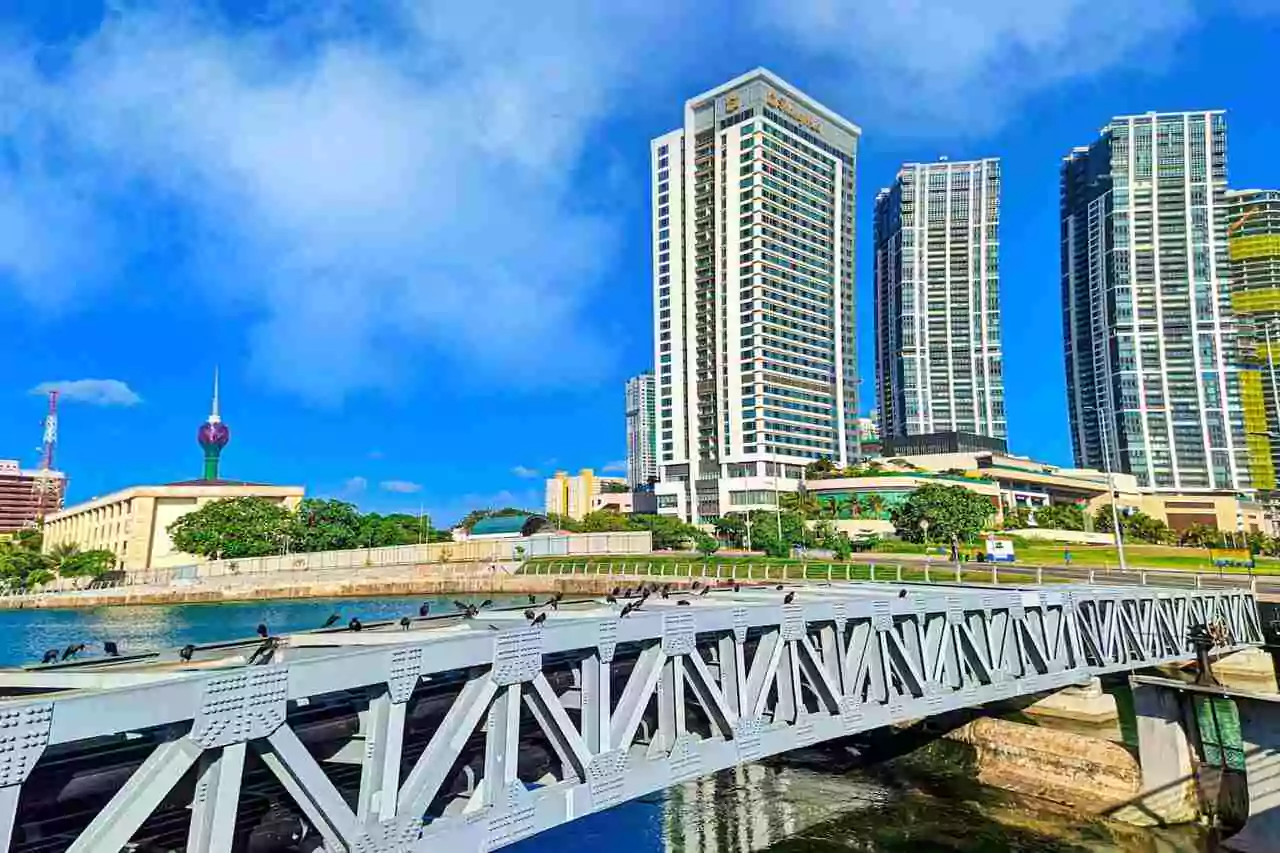
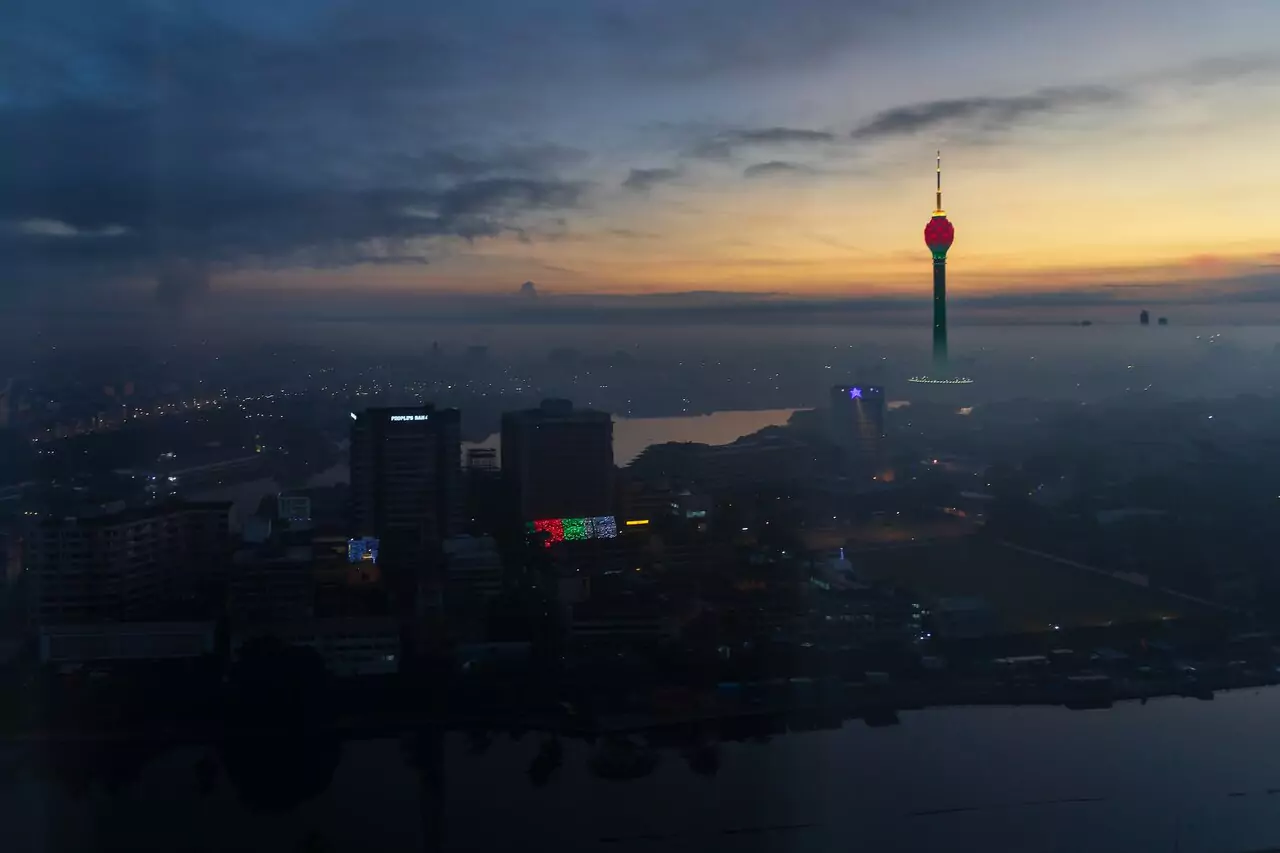

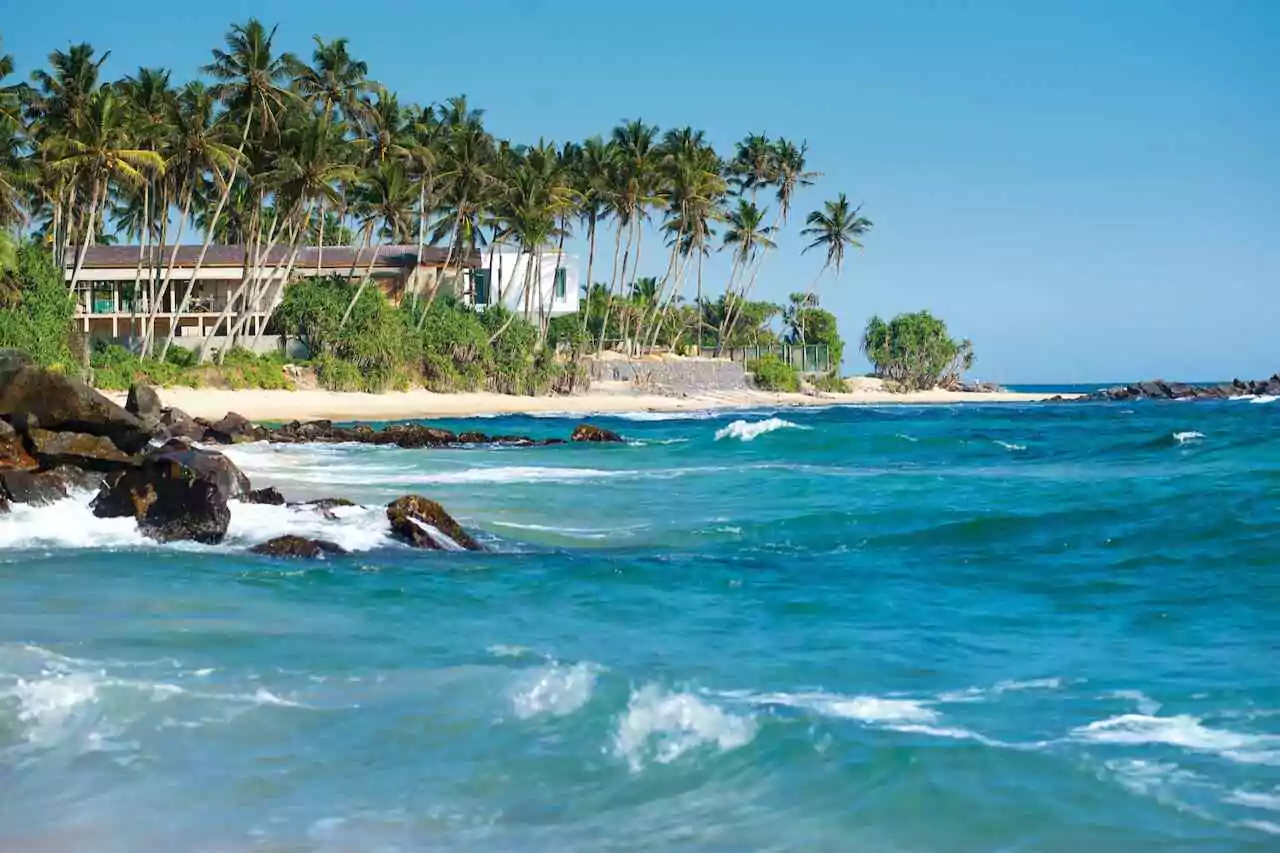

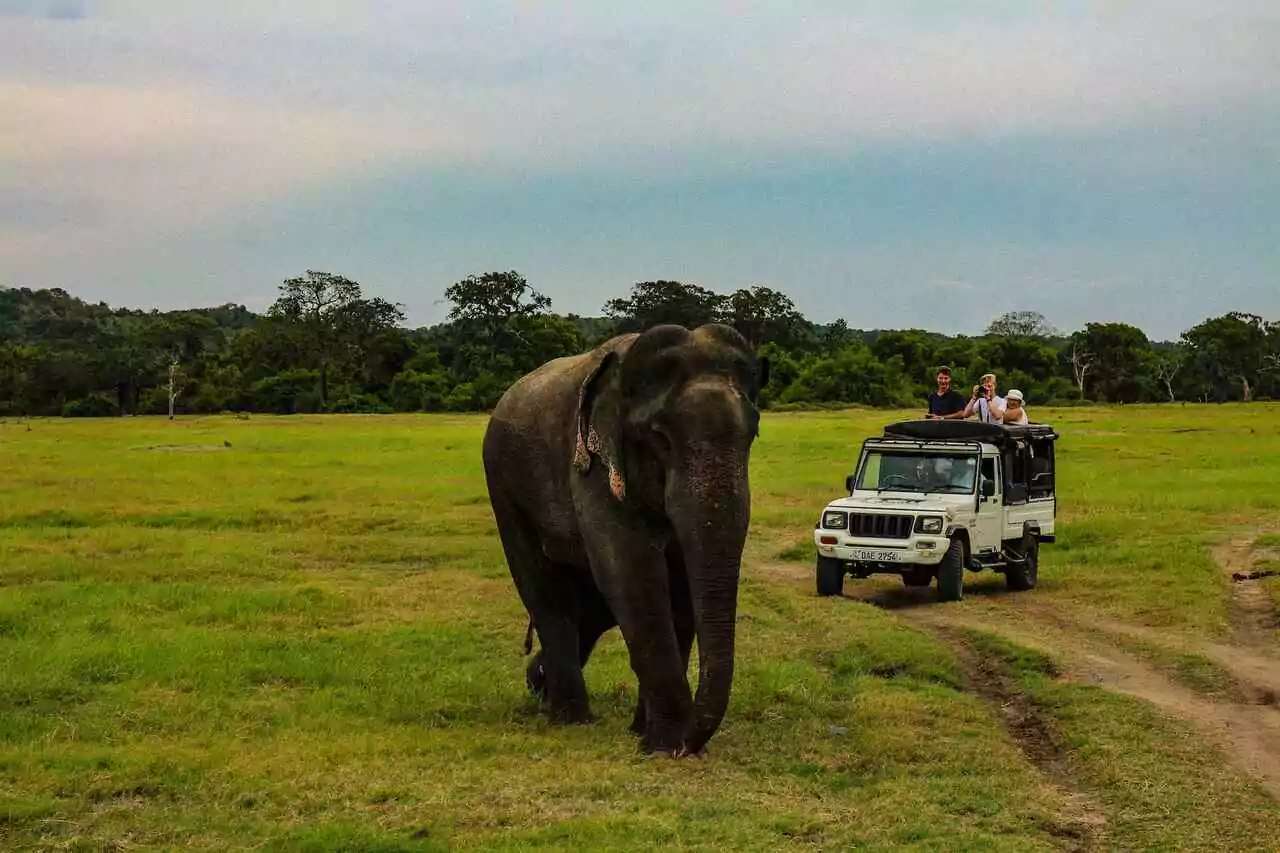
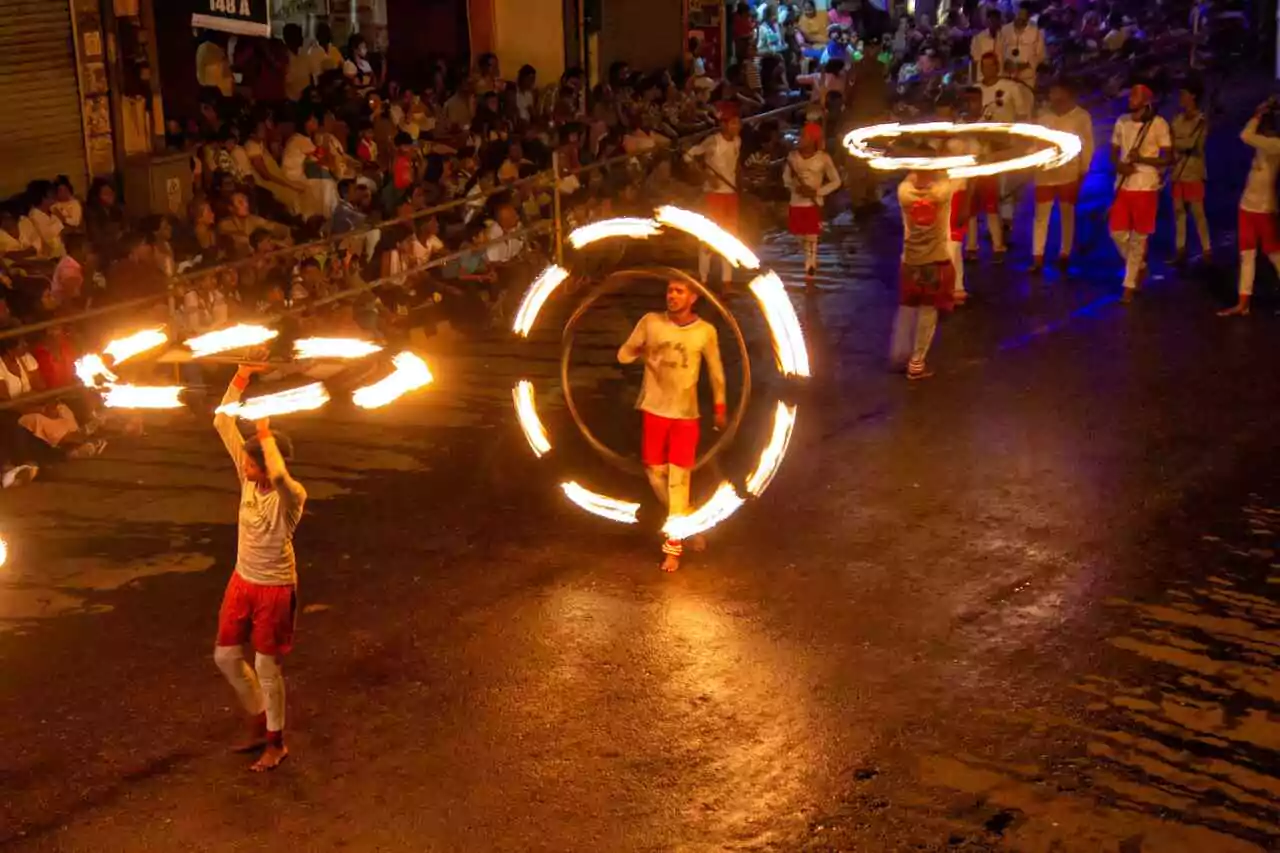
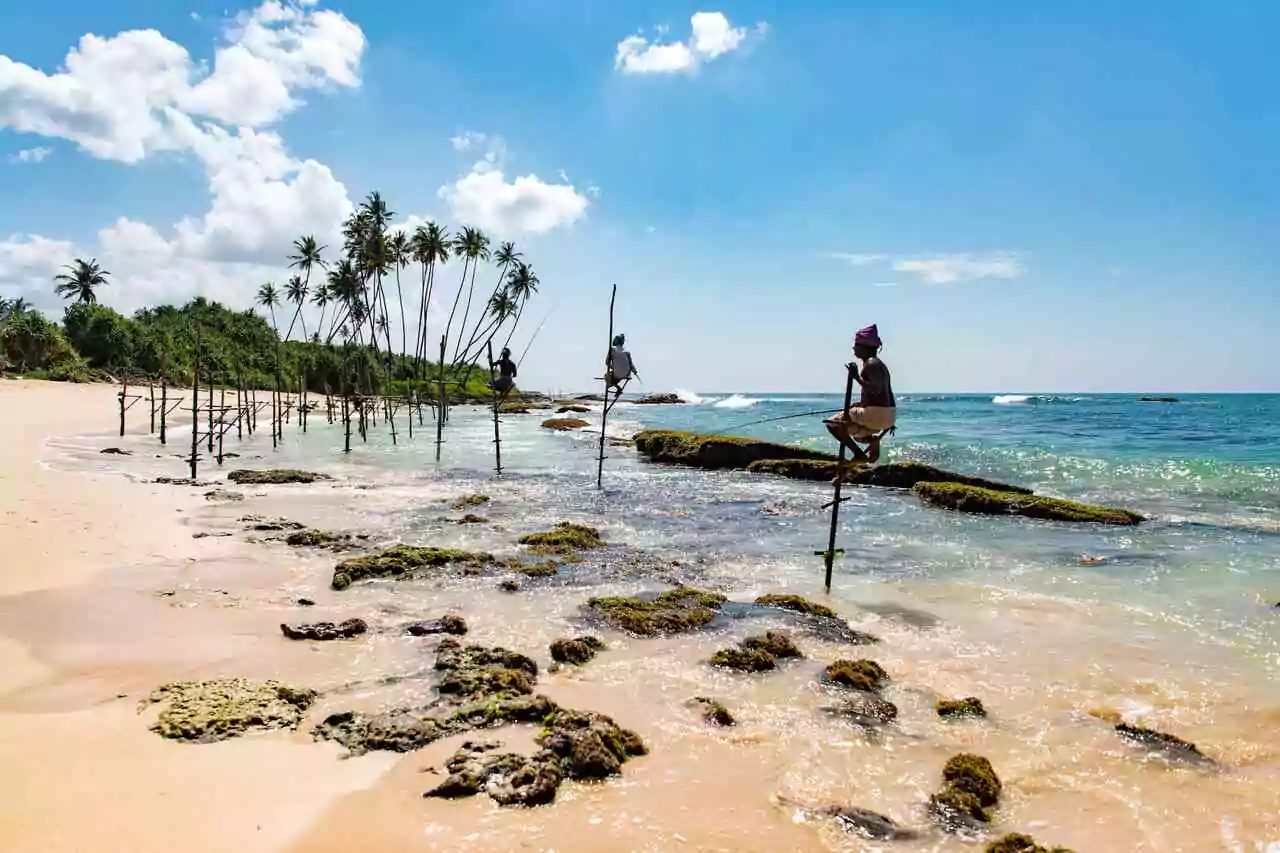

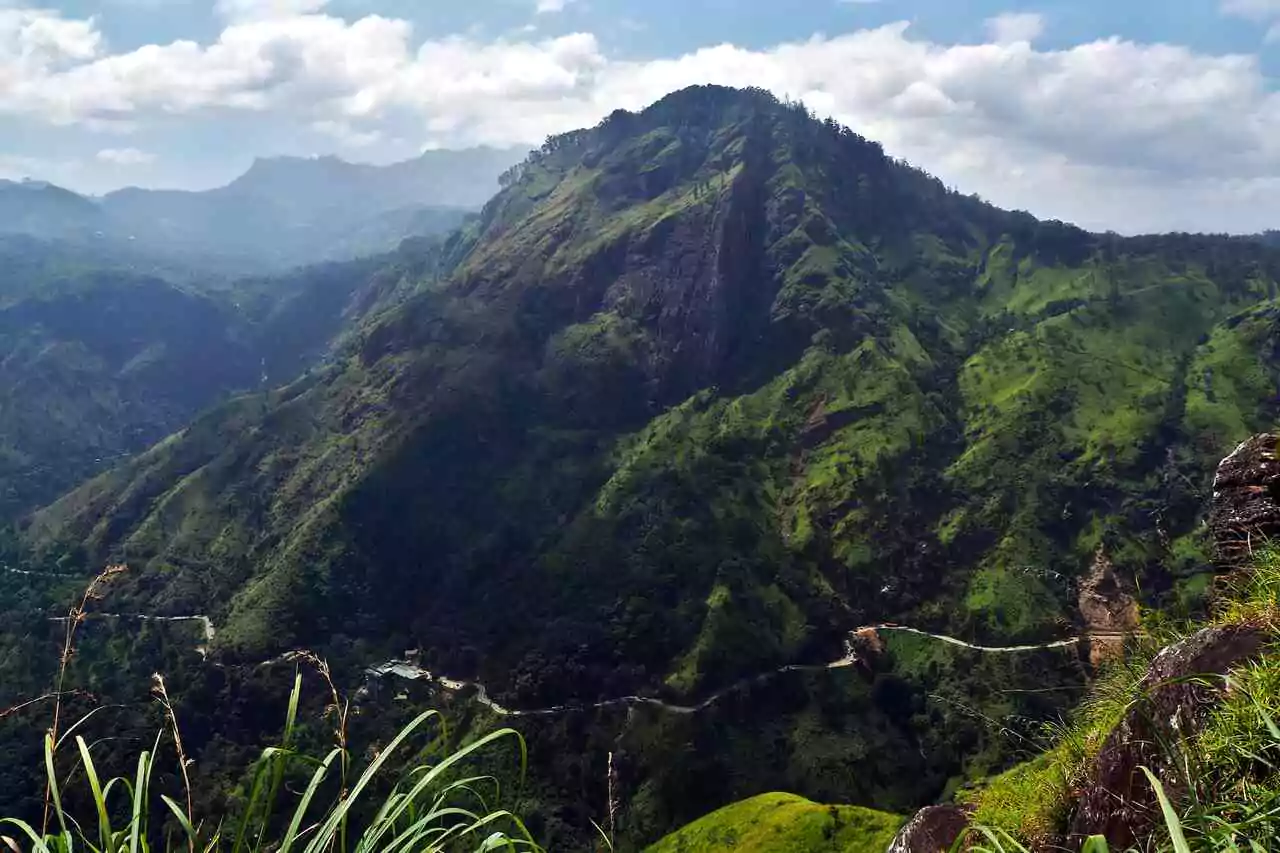

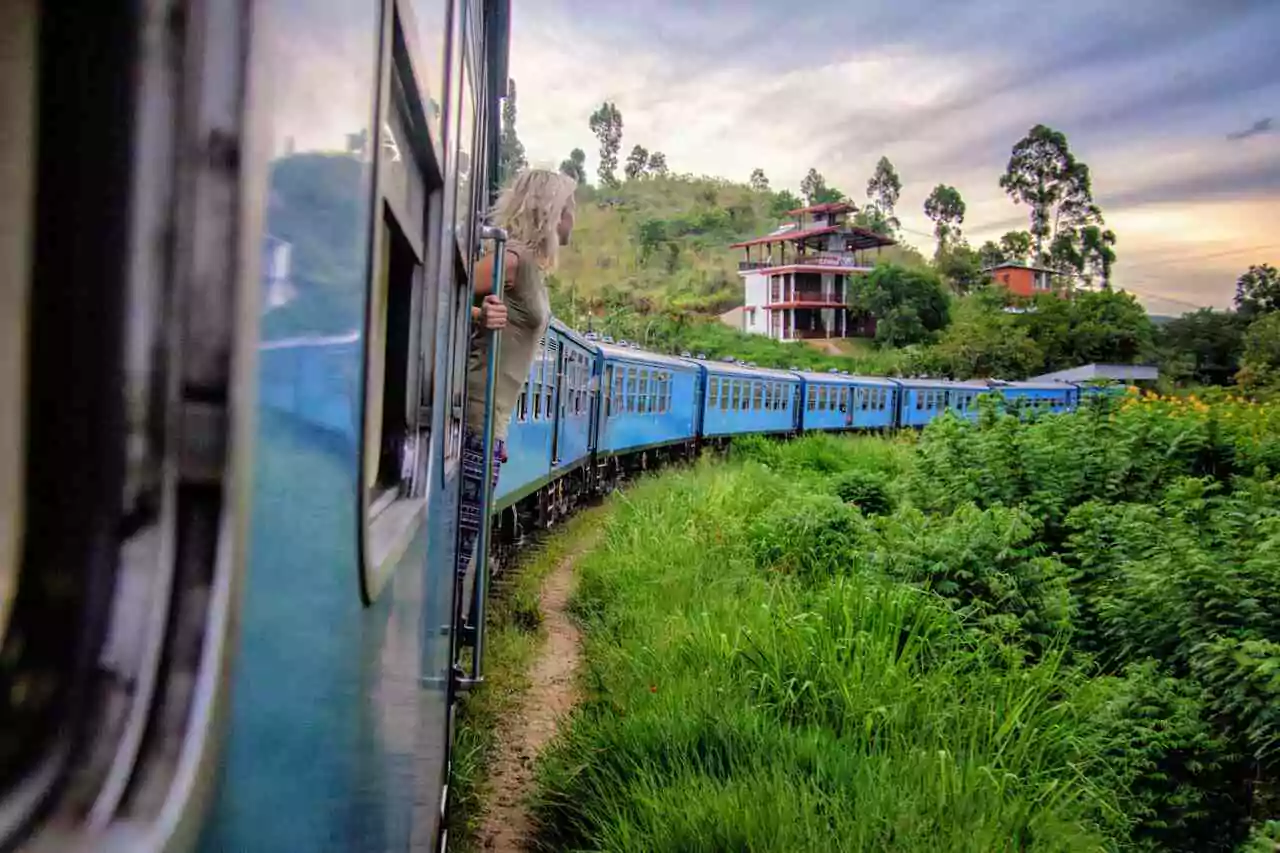
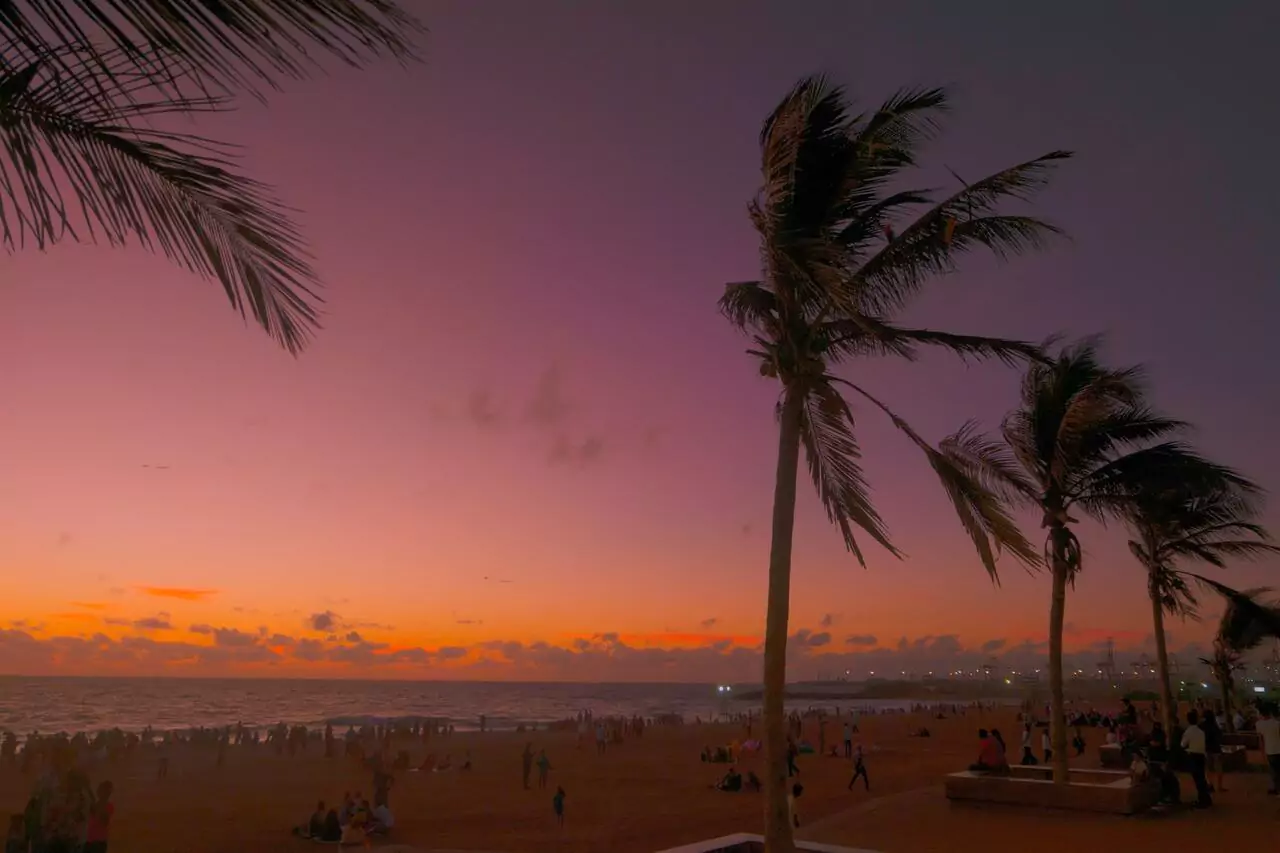
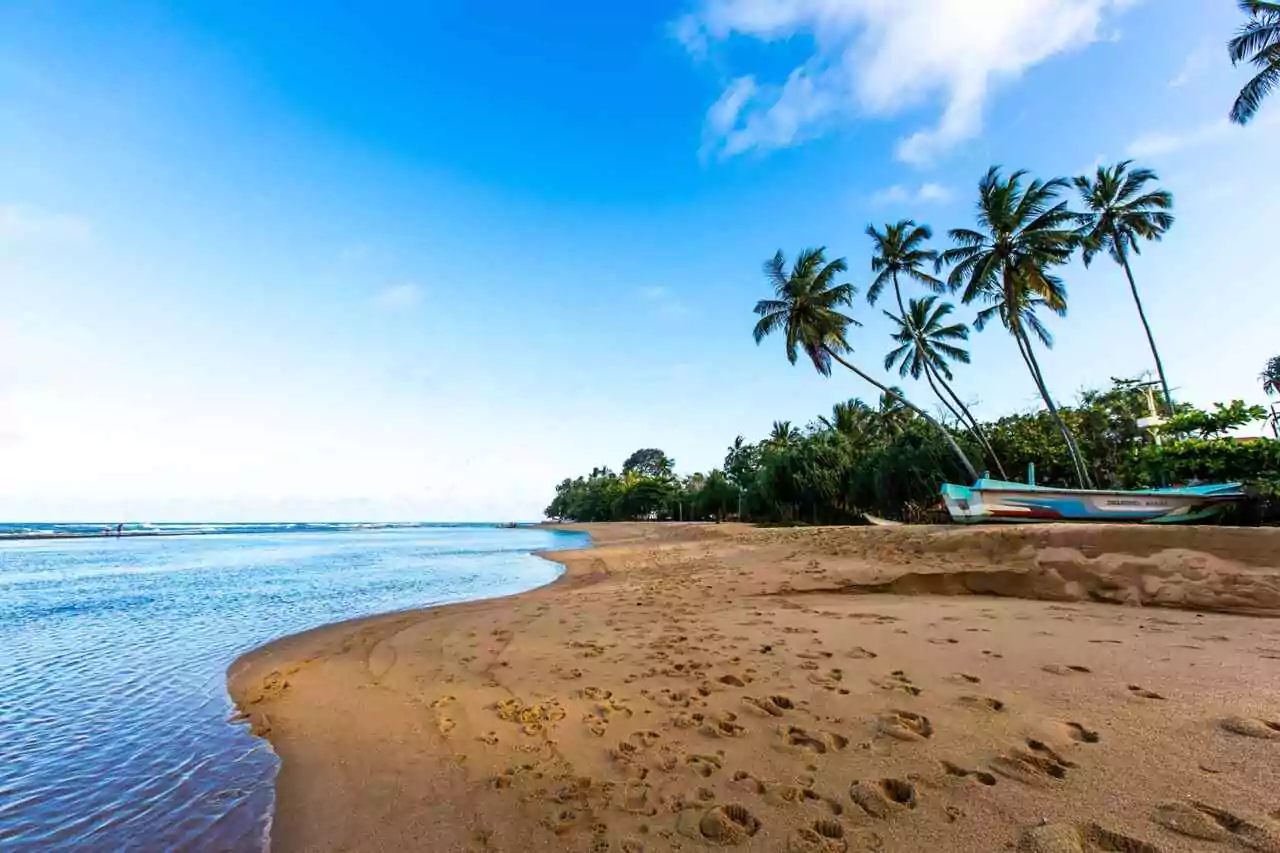

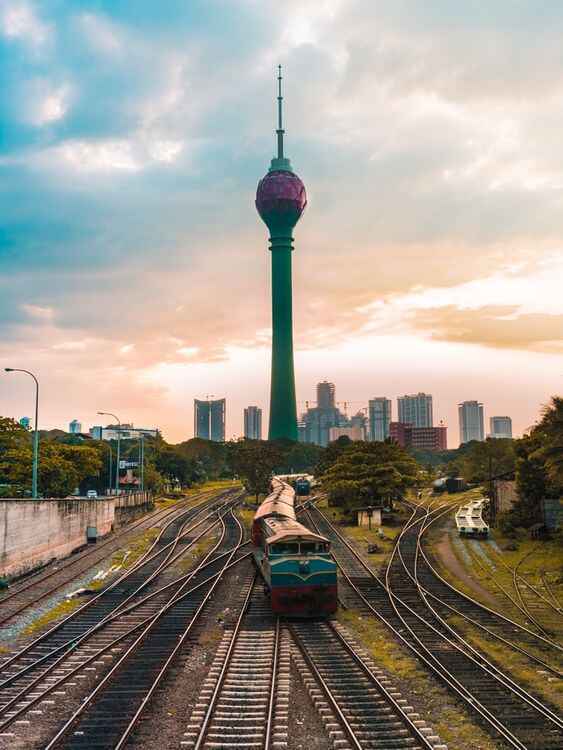
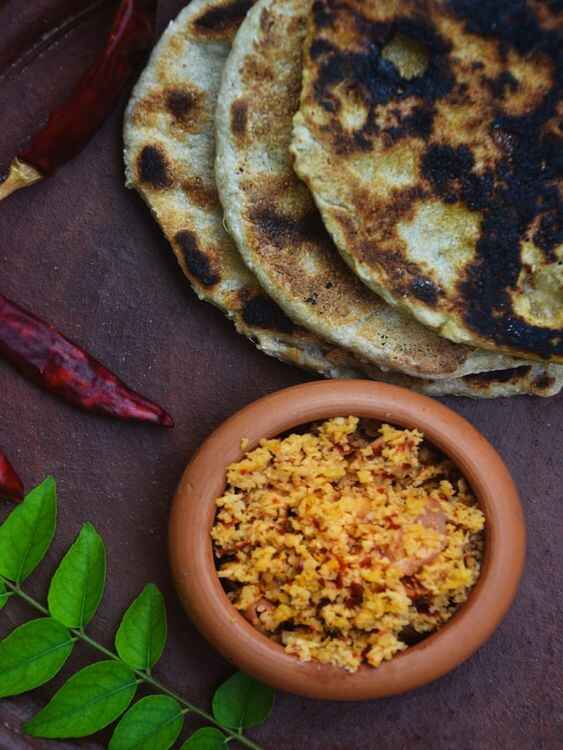

 Enquiry Now
Enquiry Now